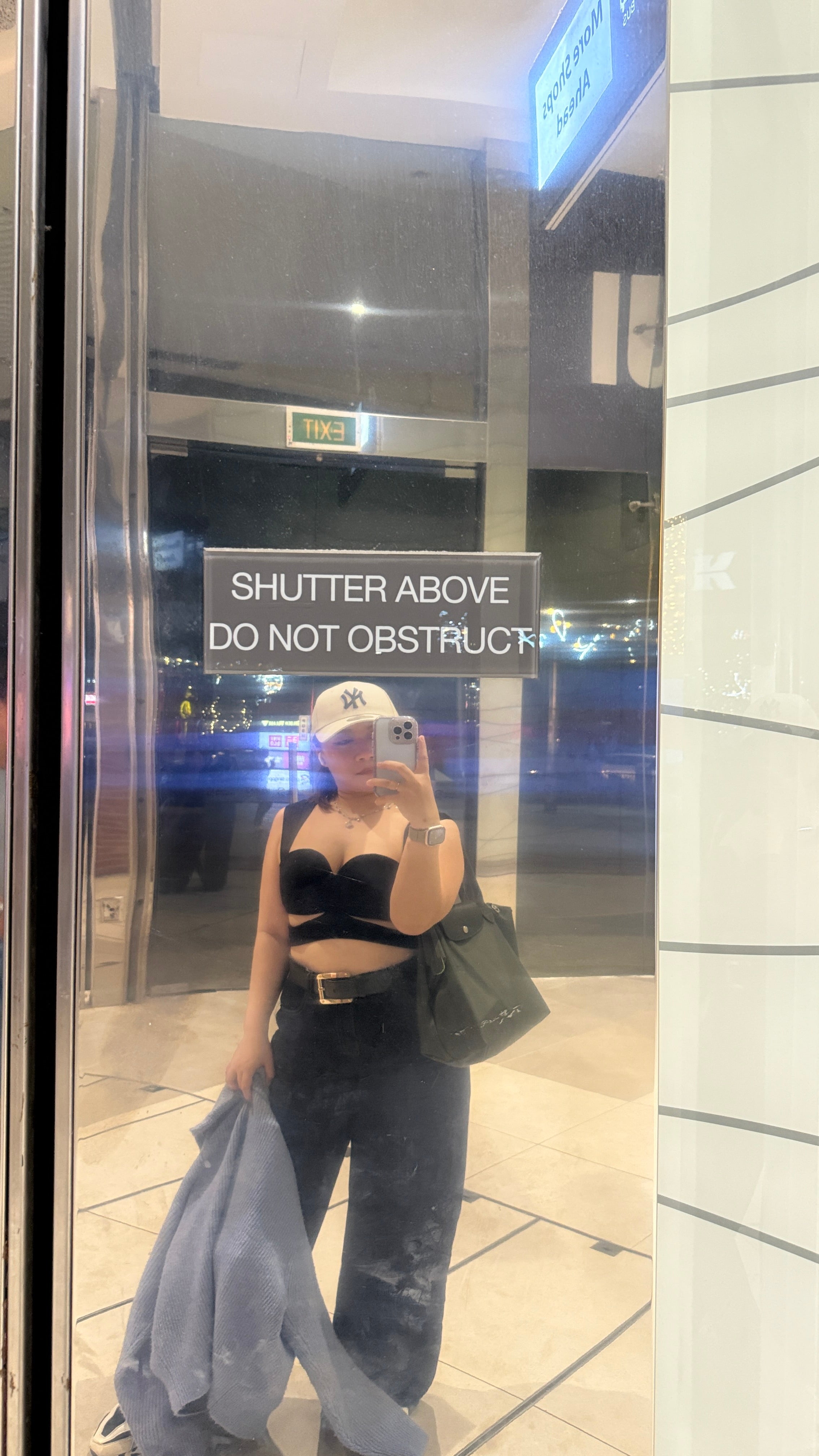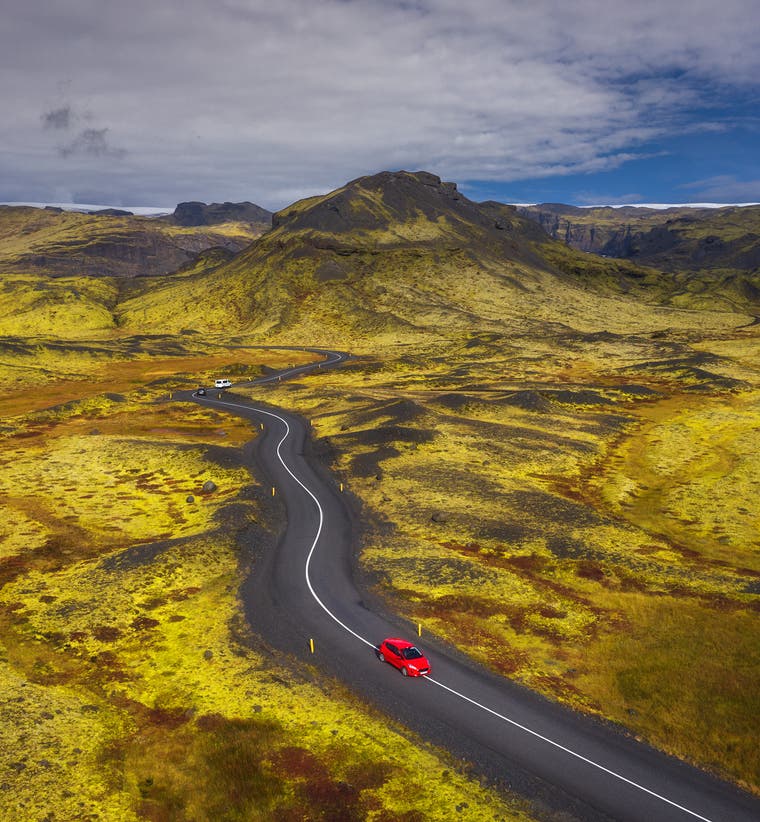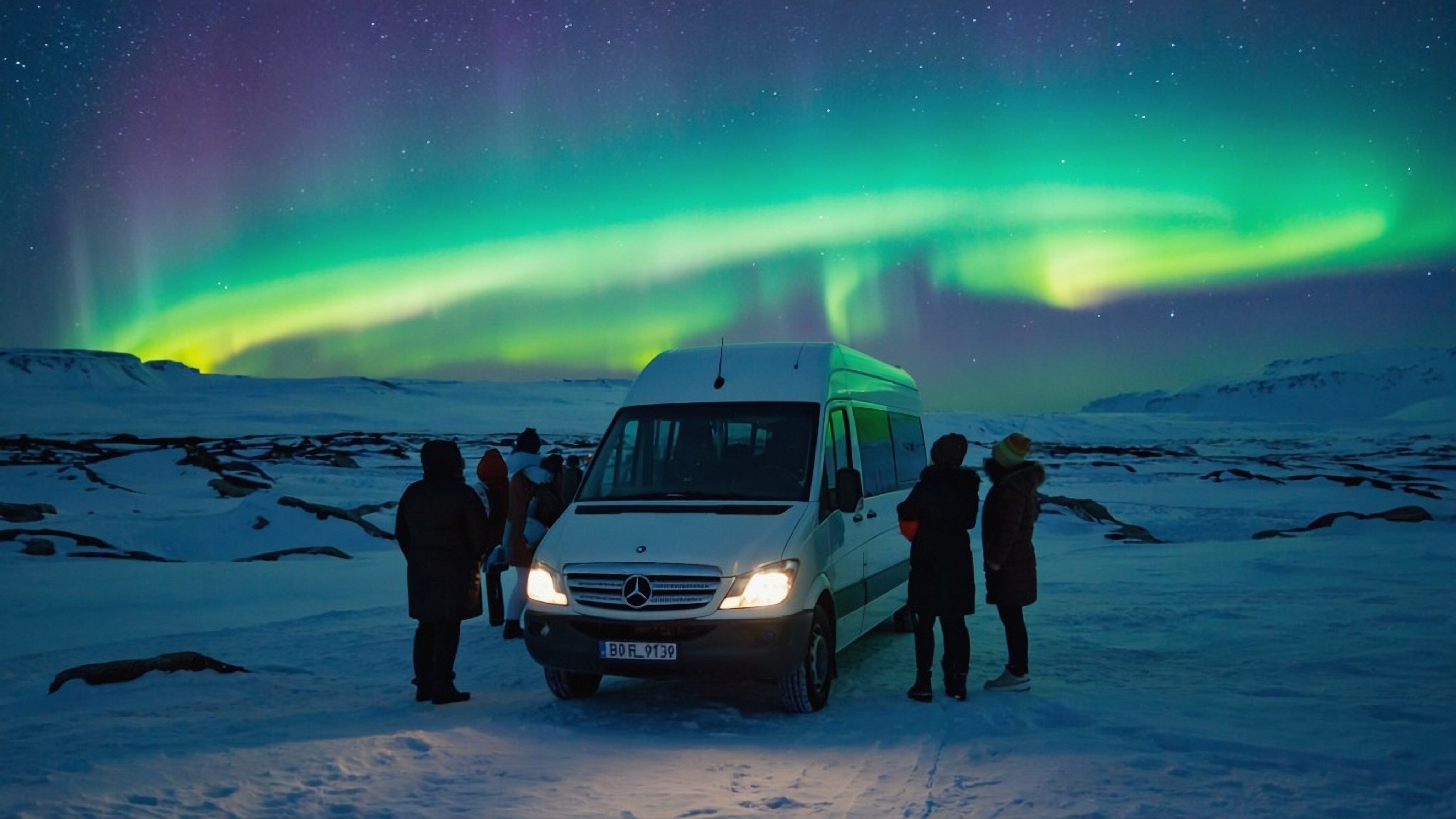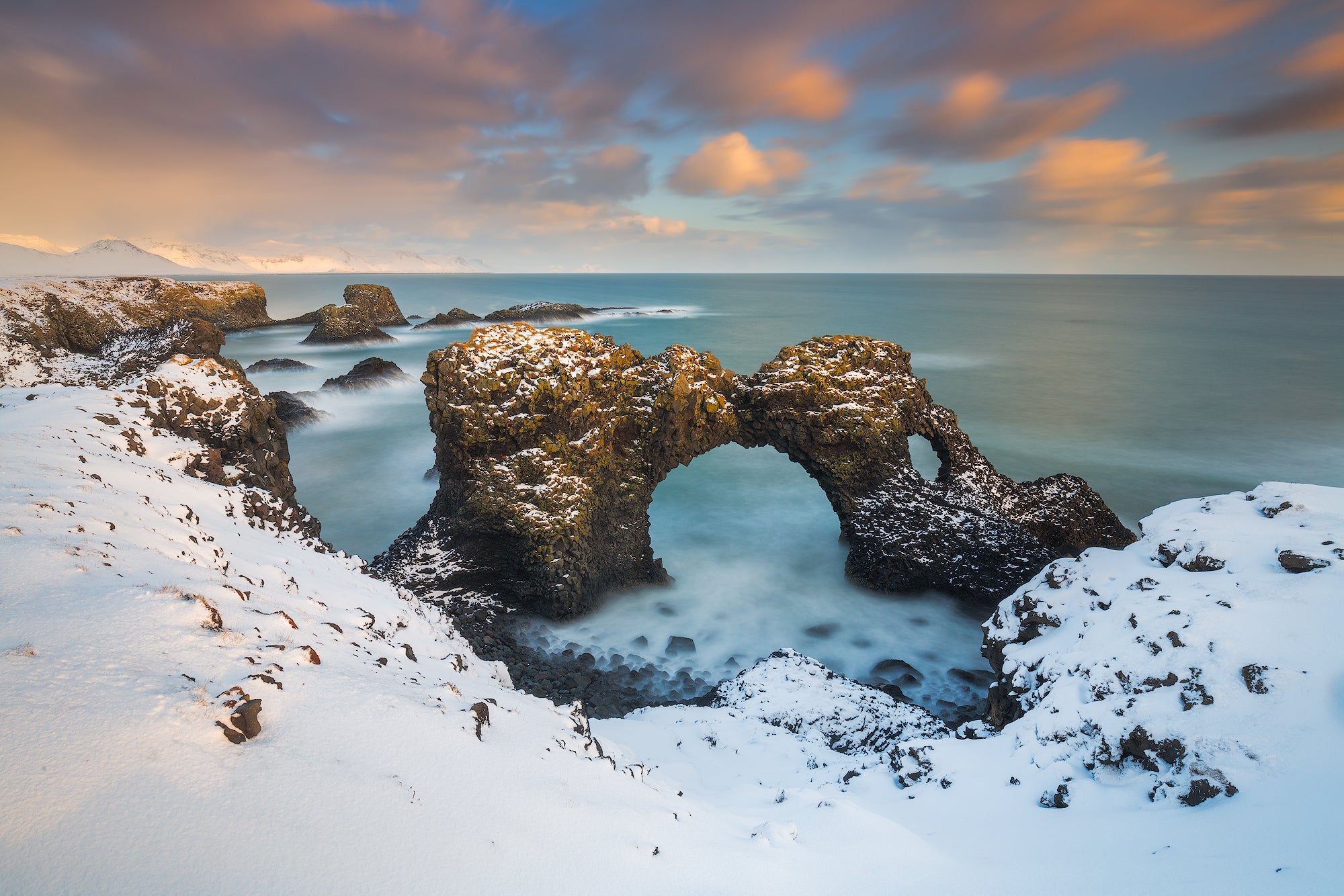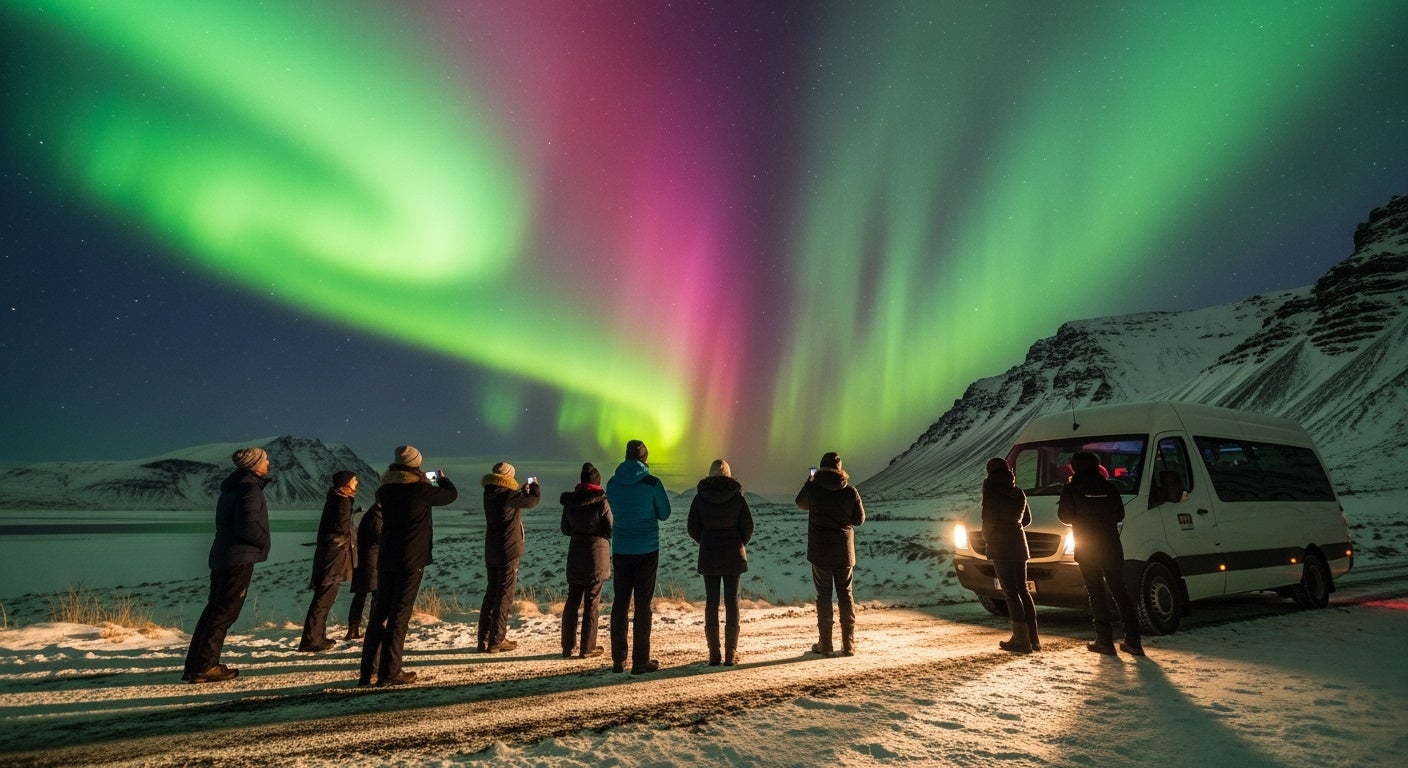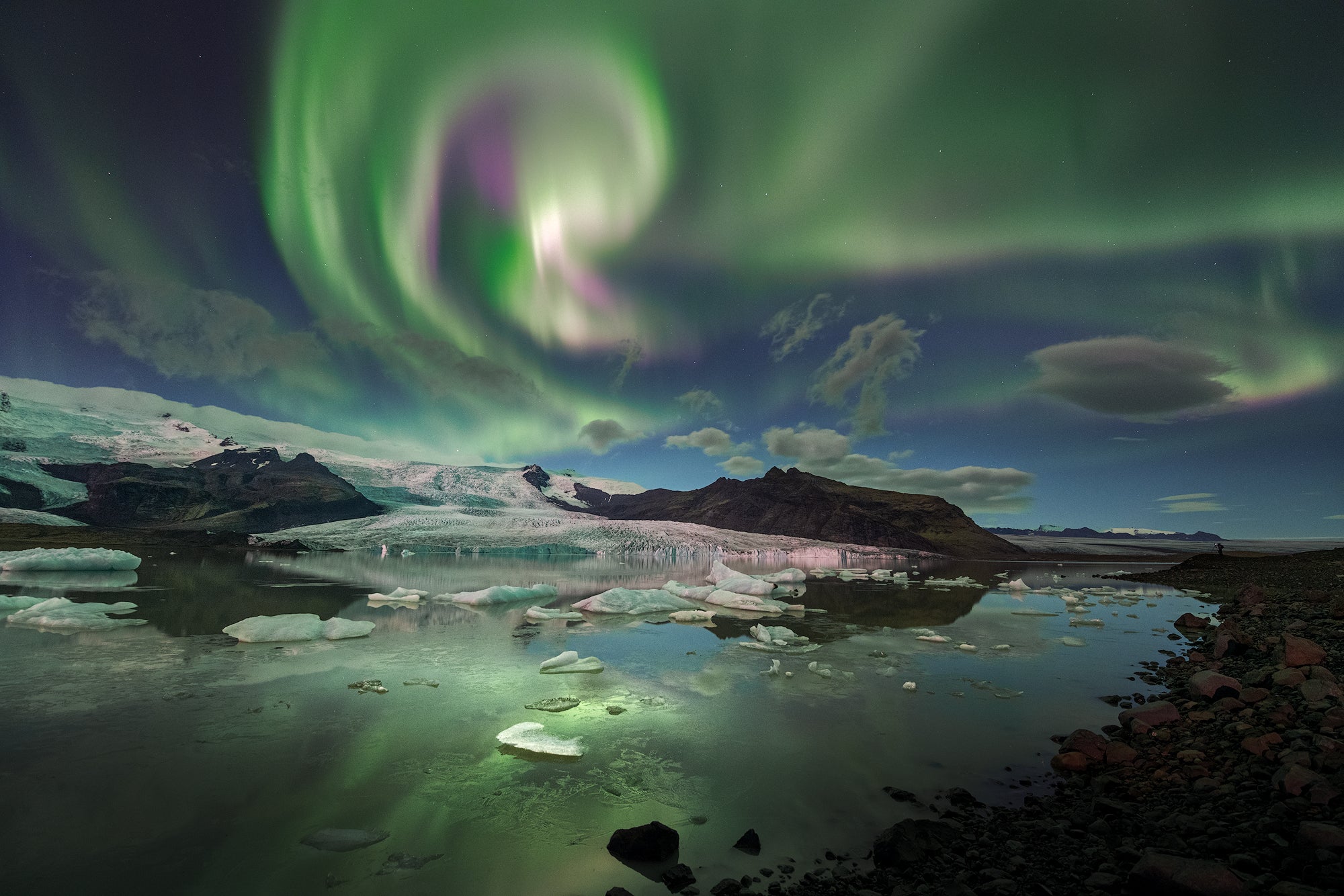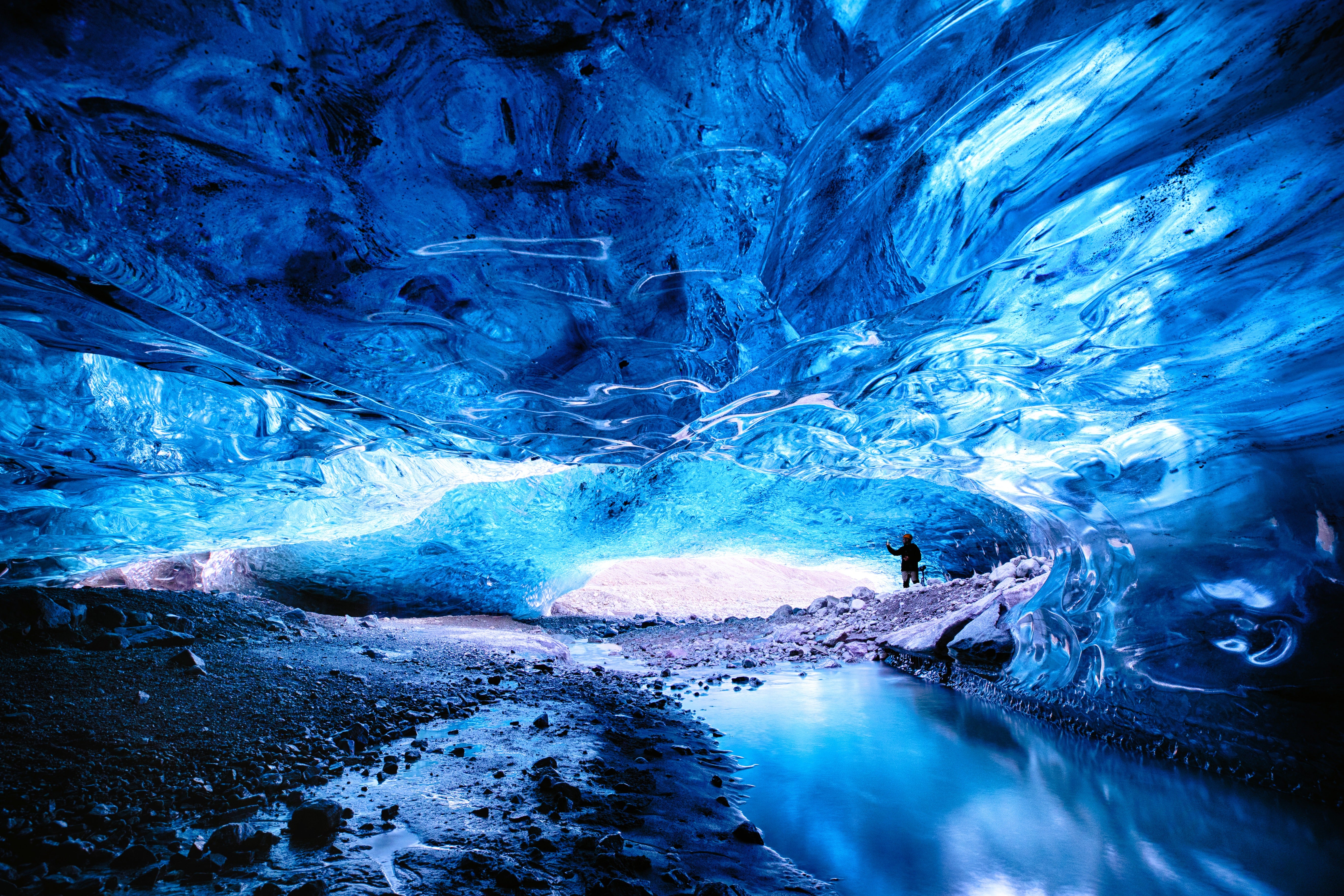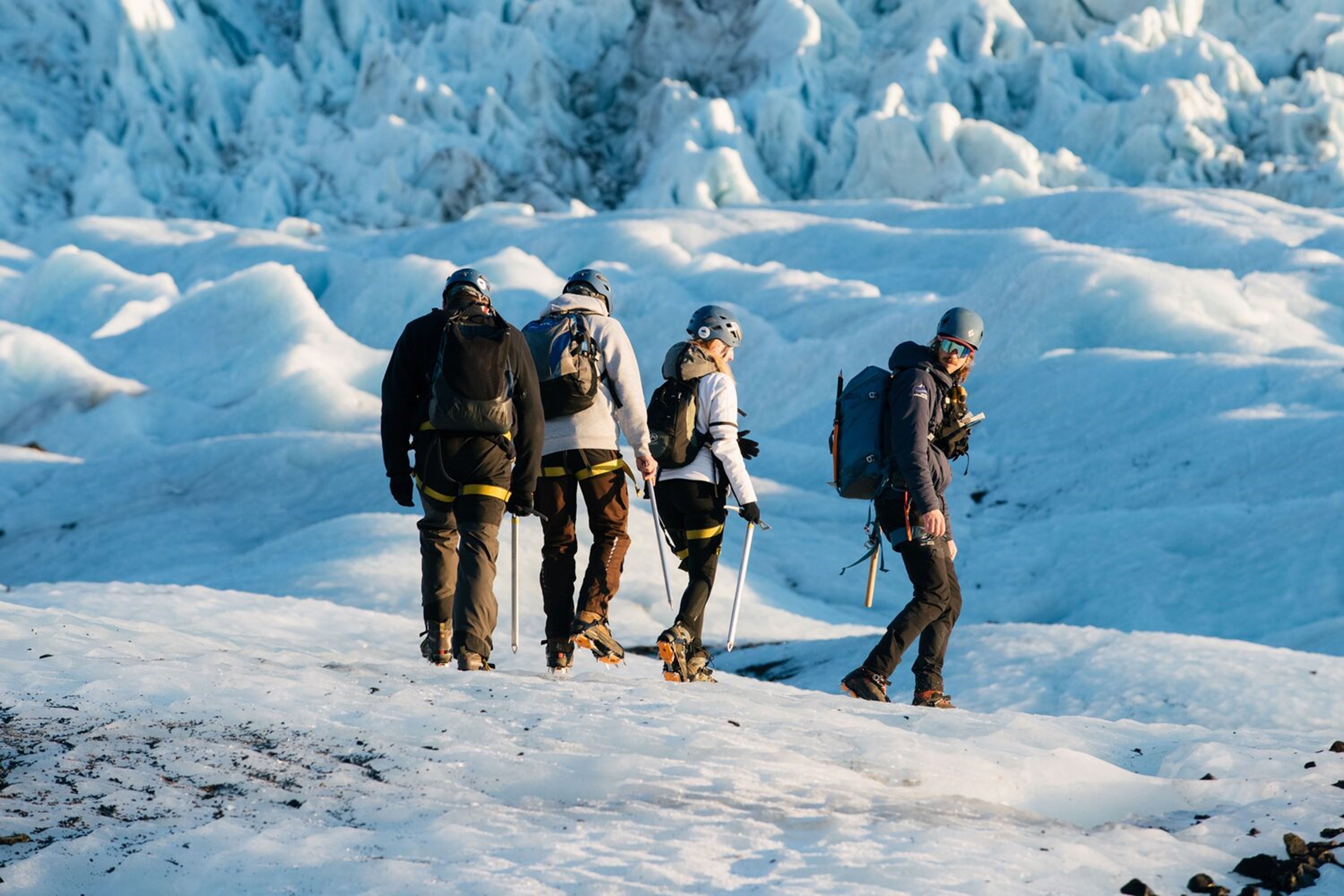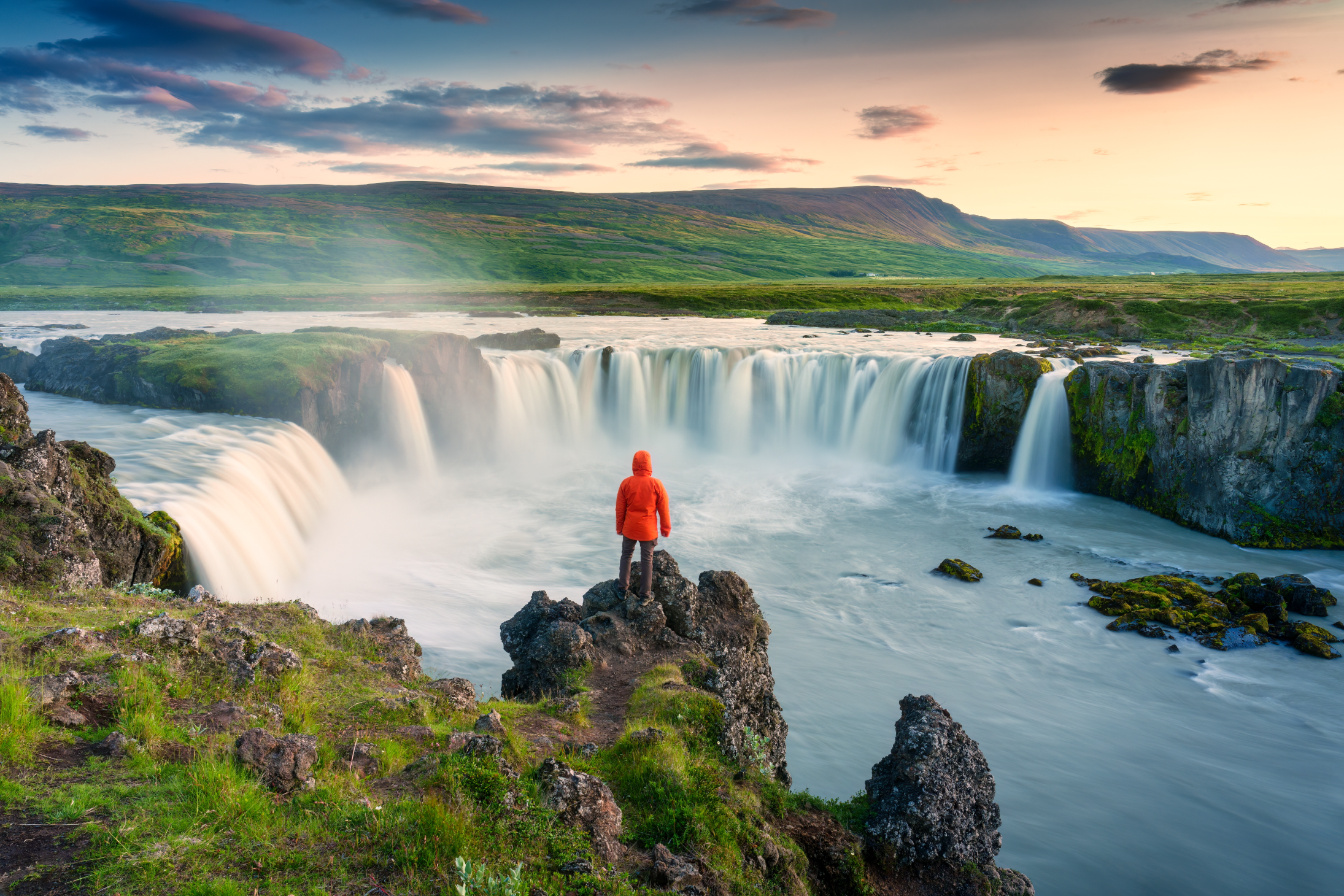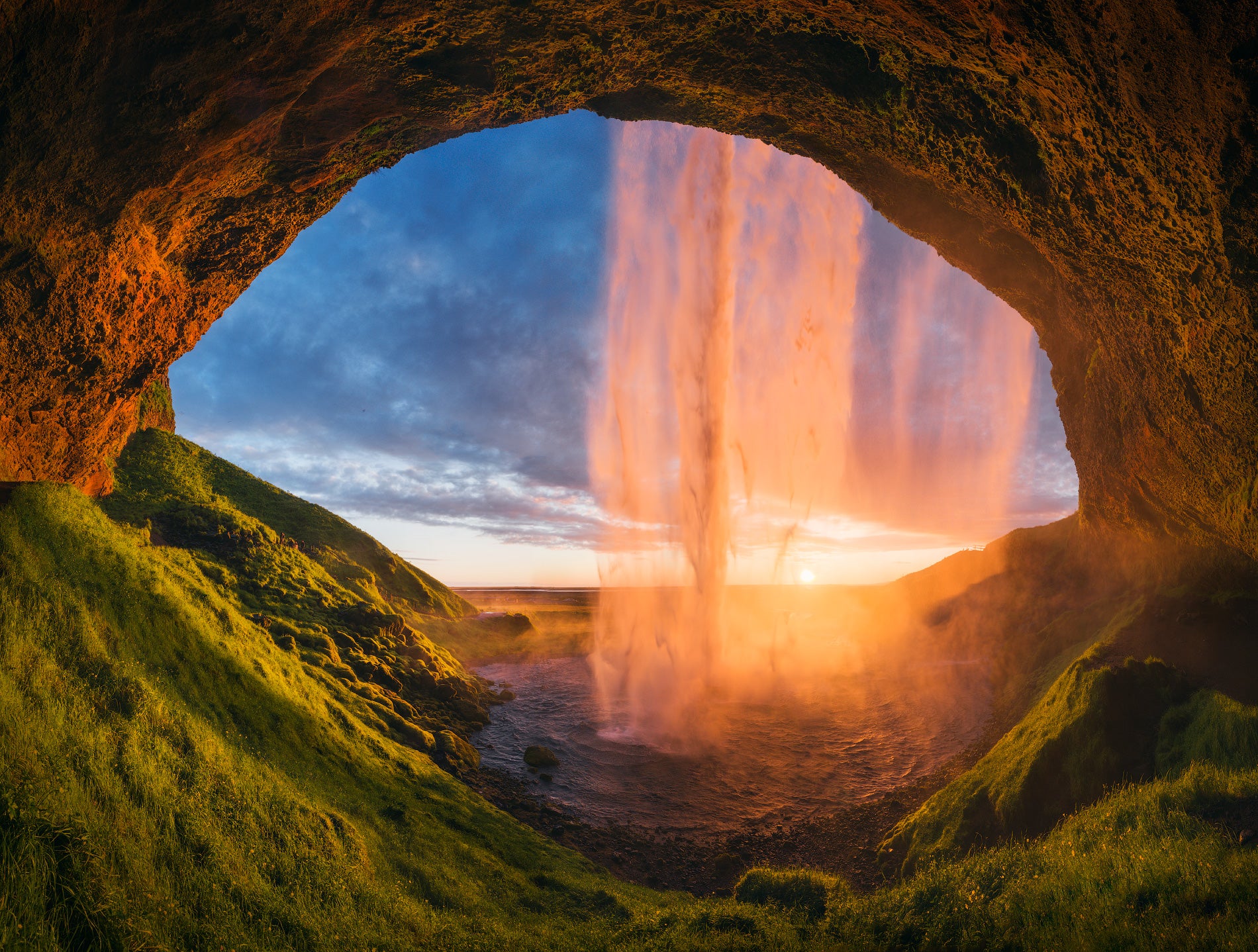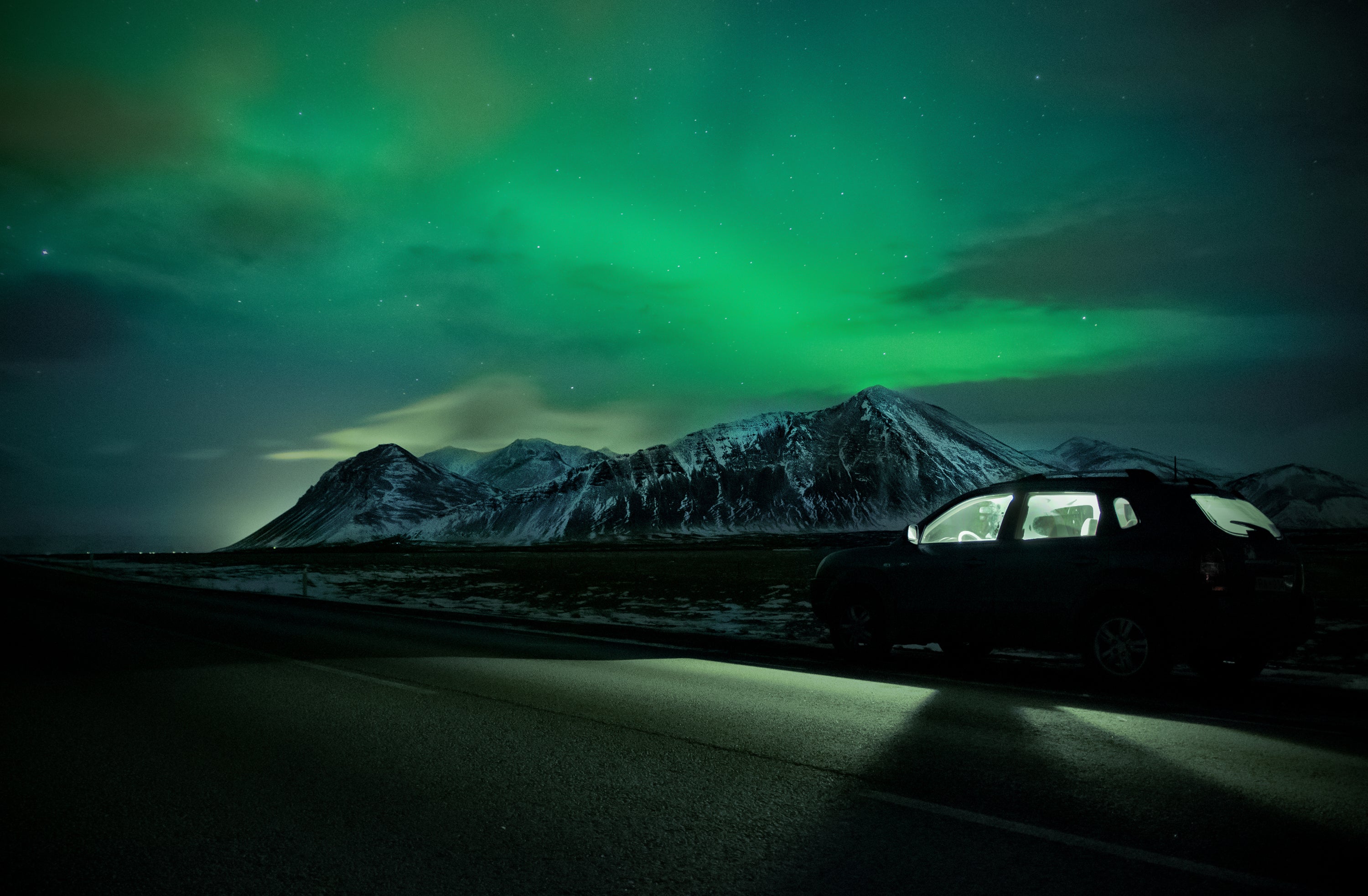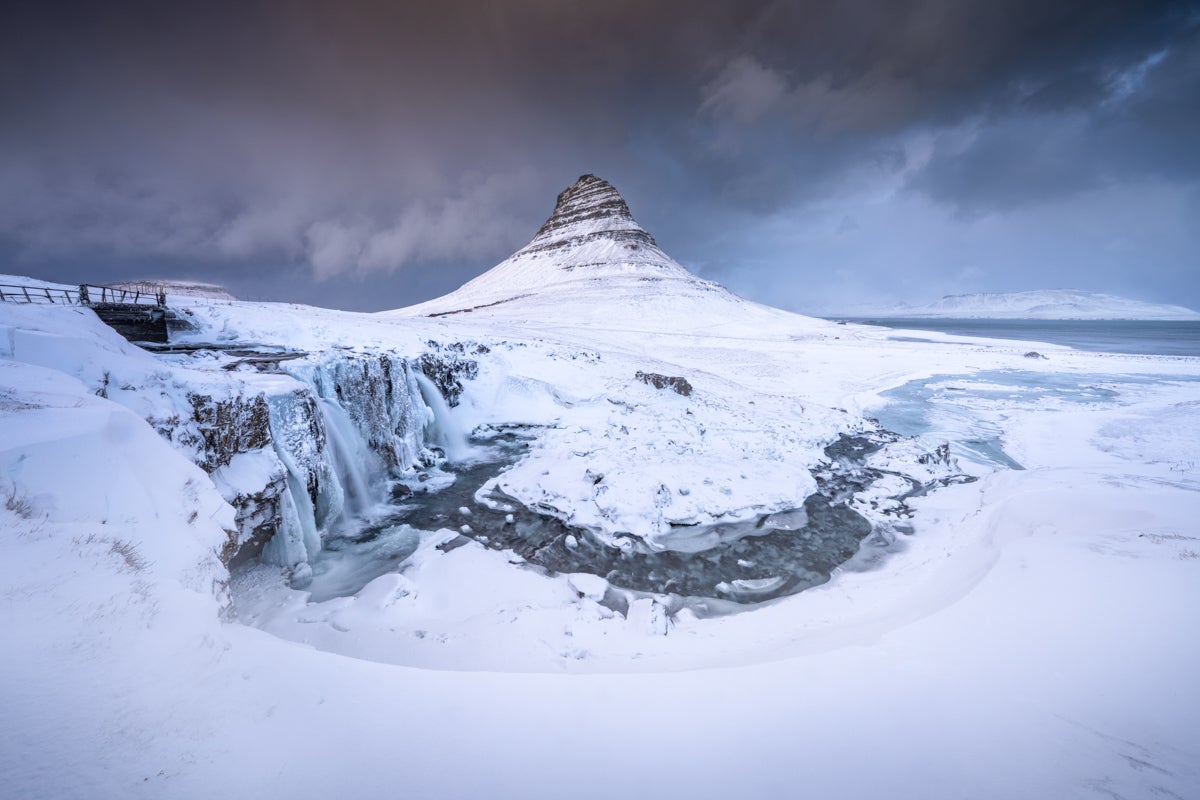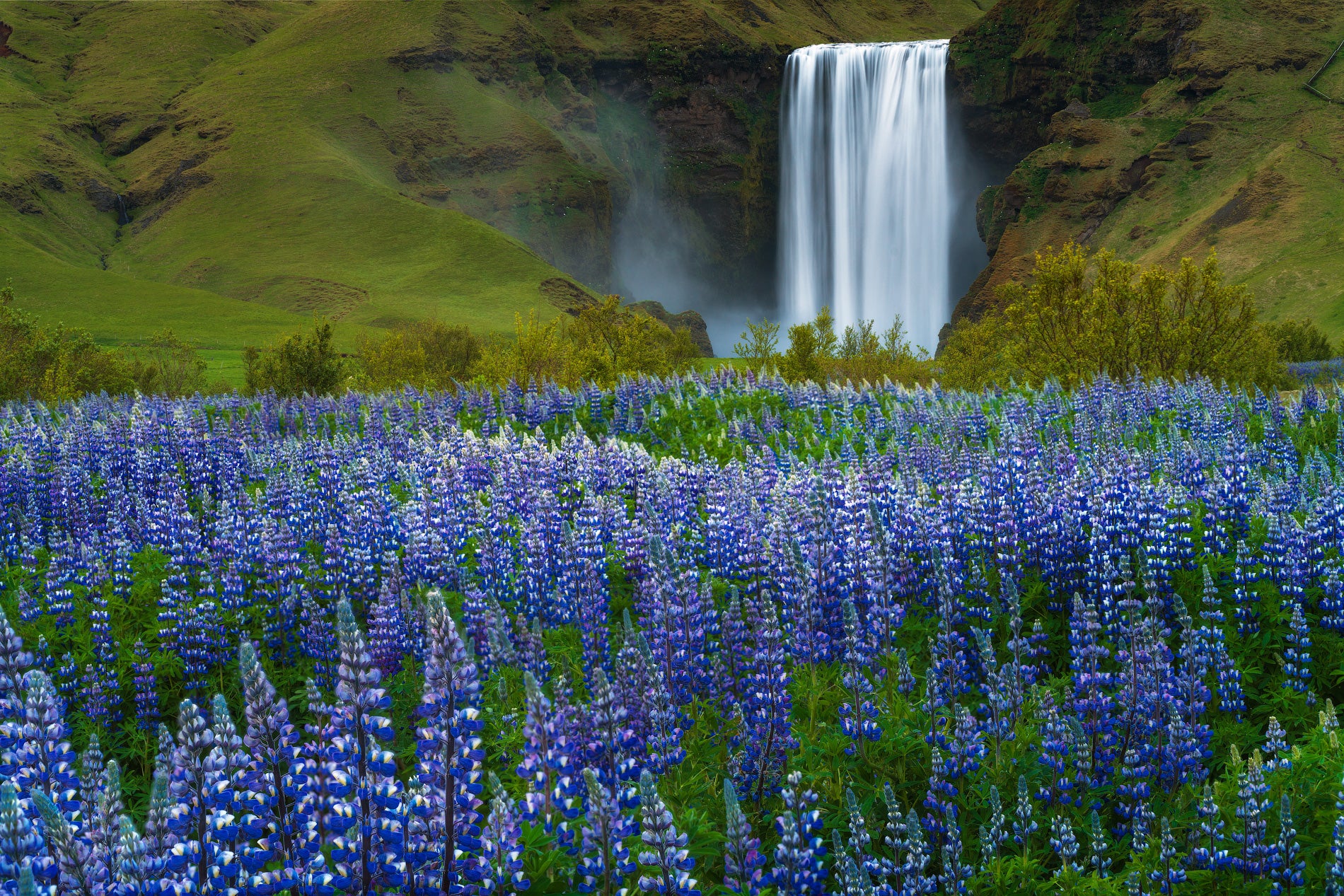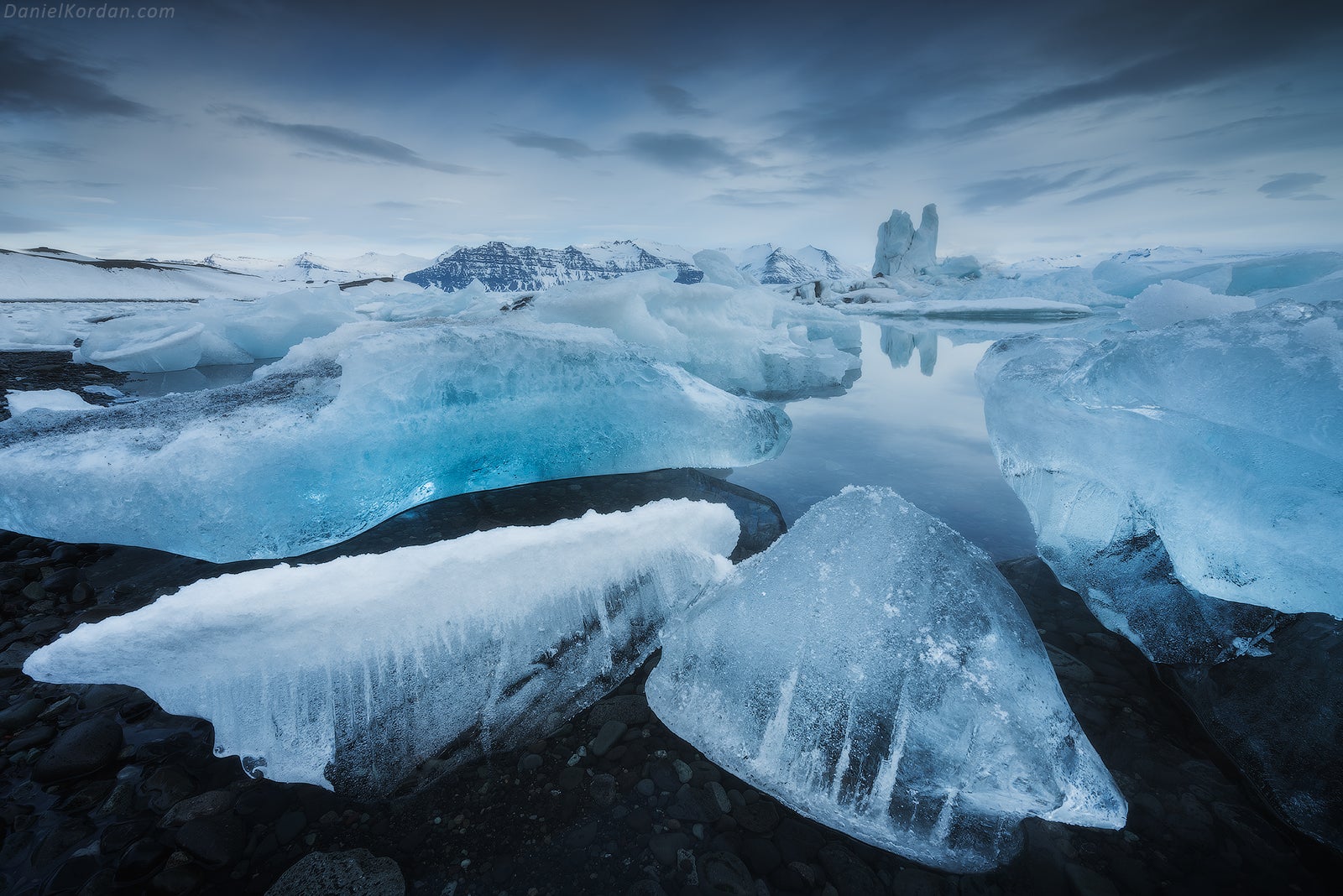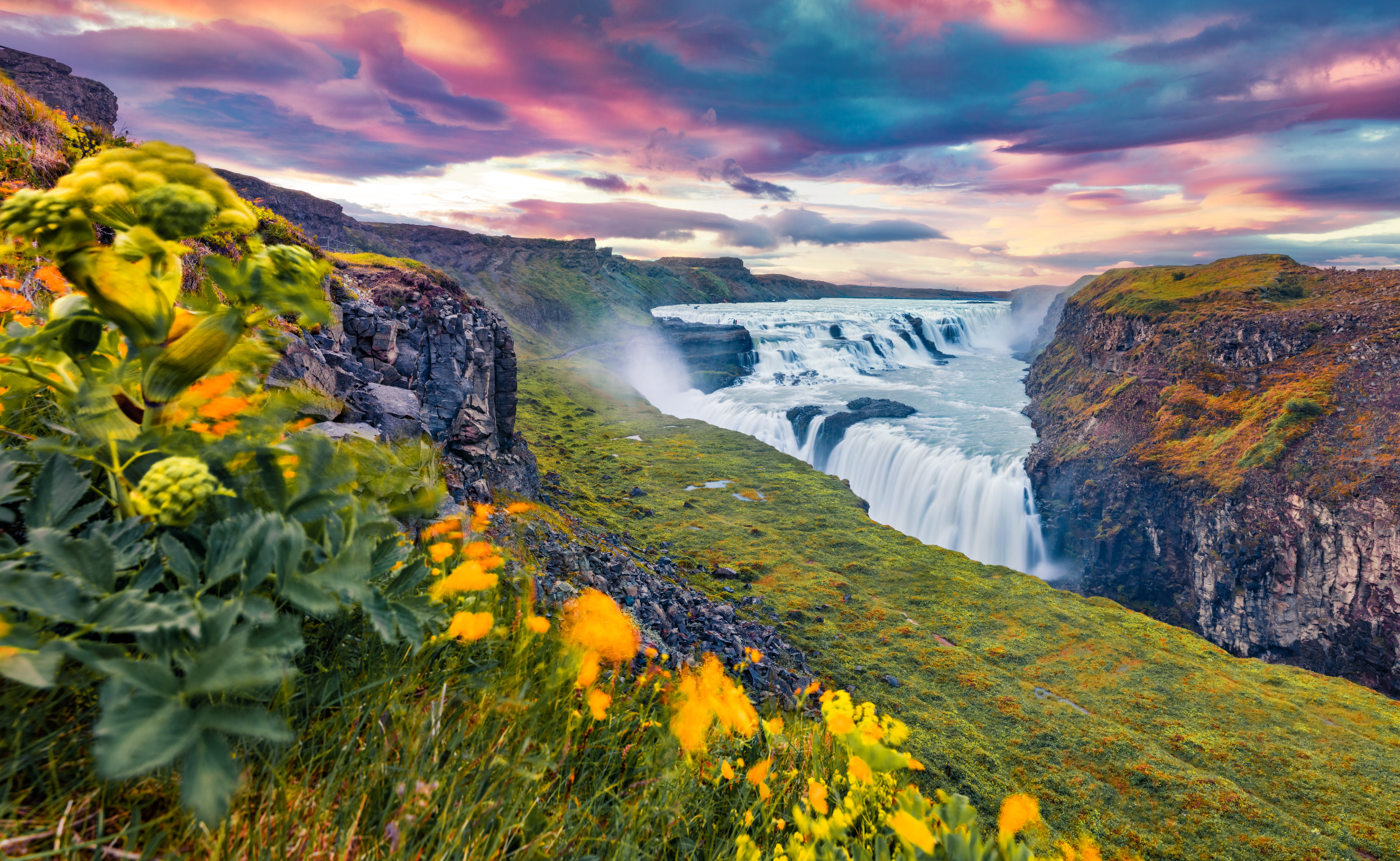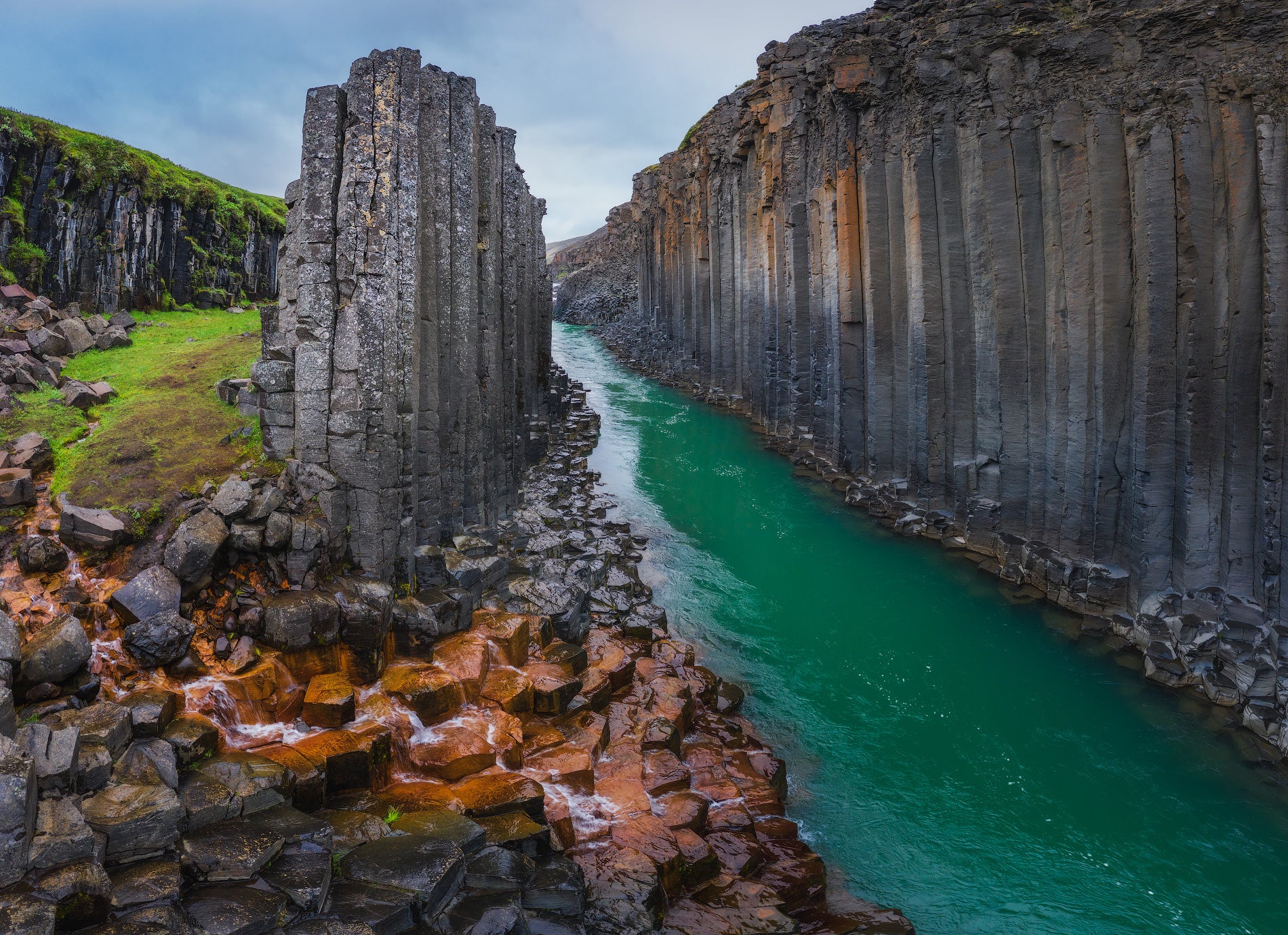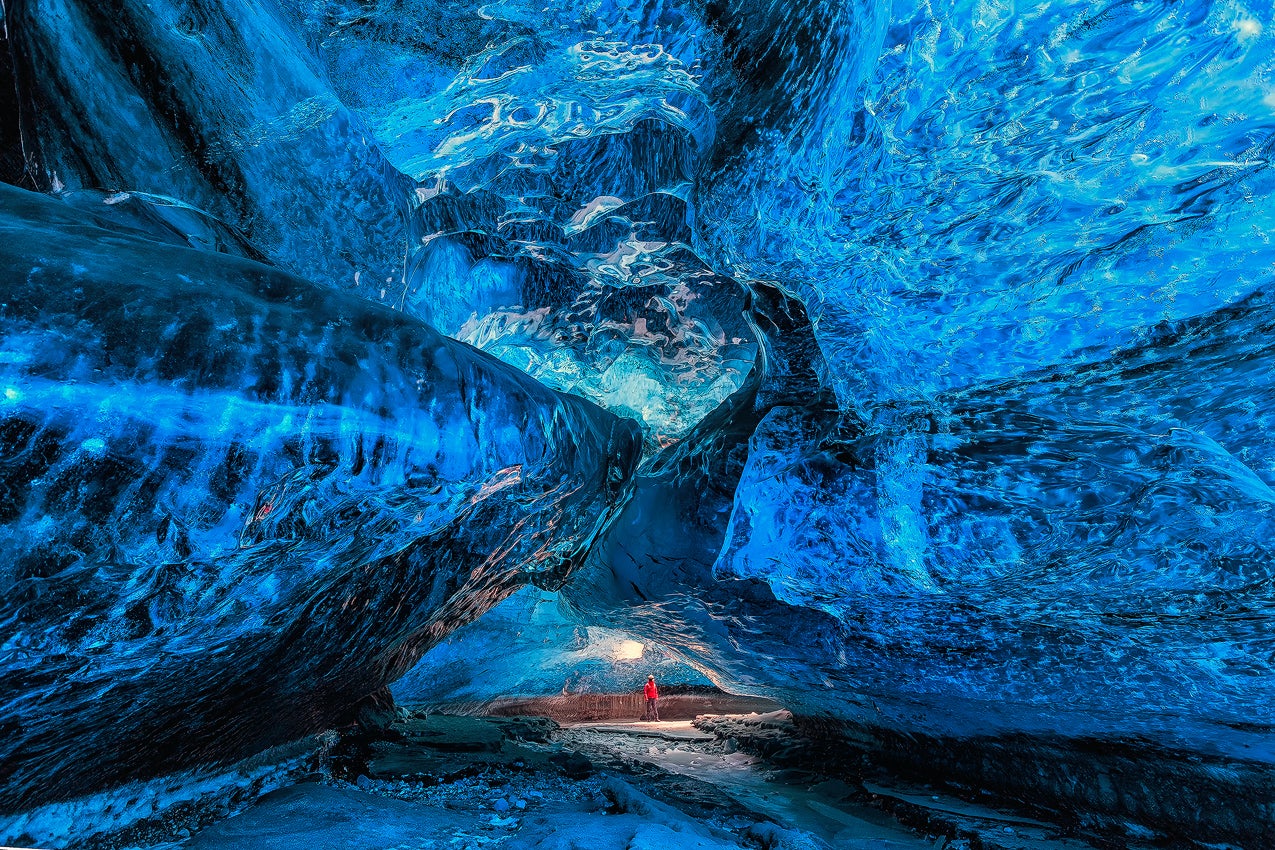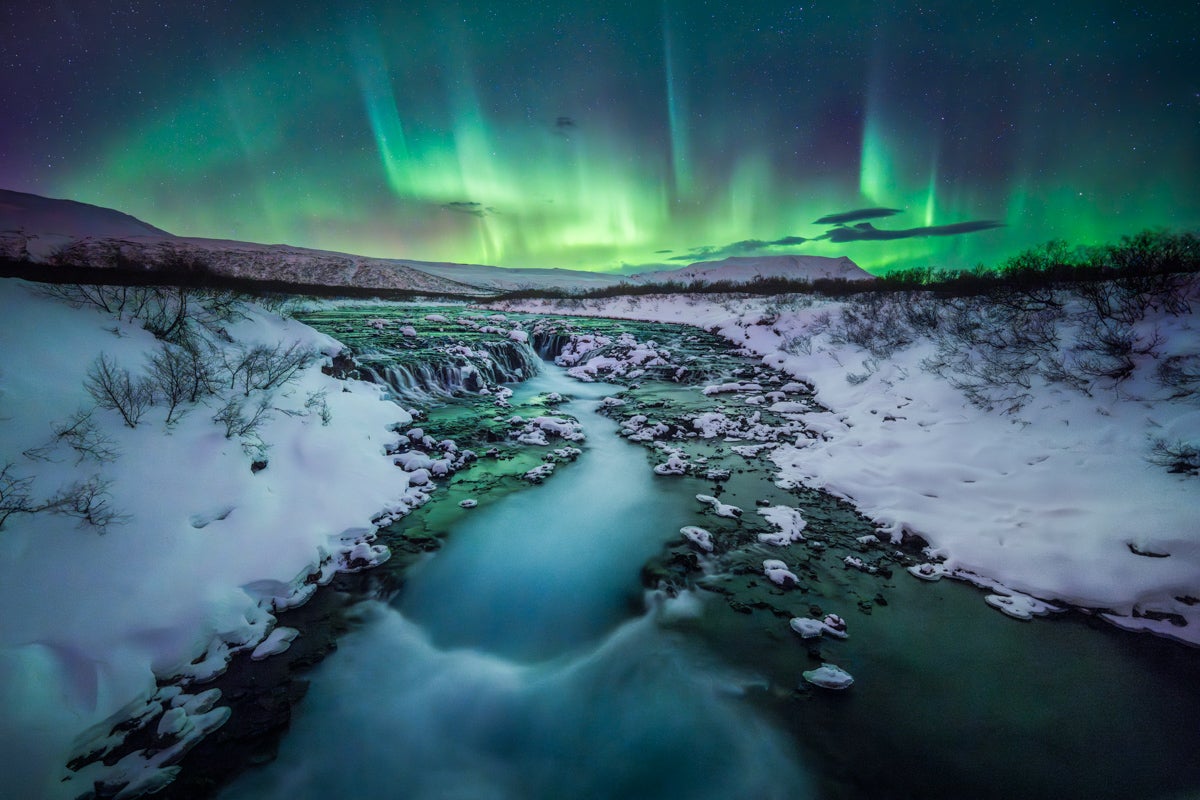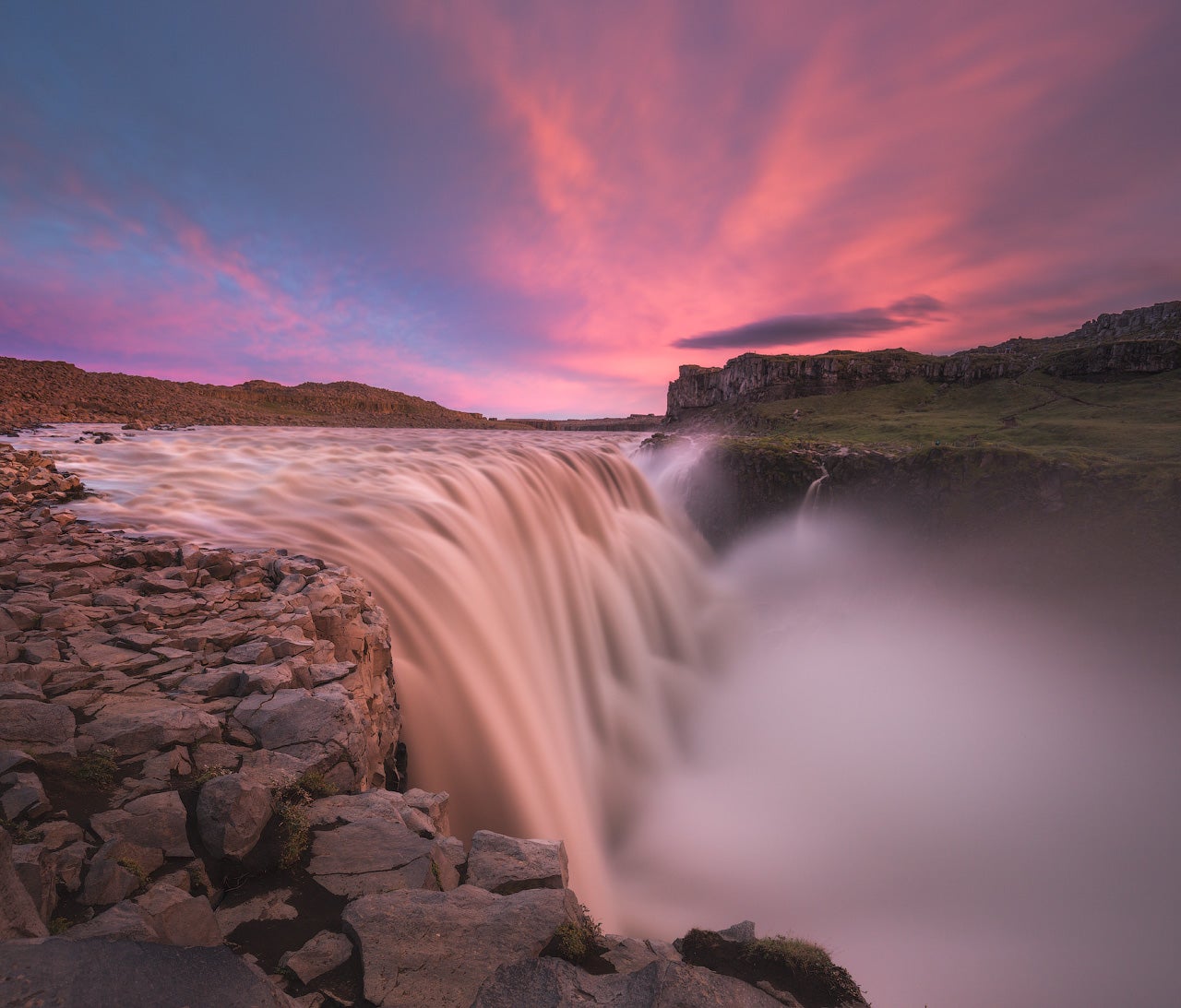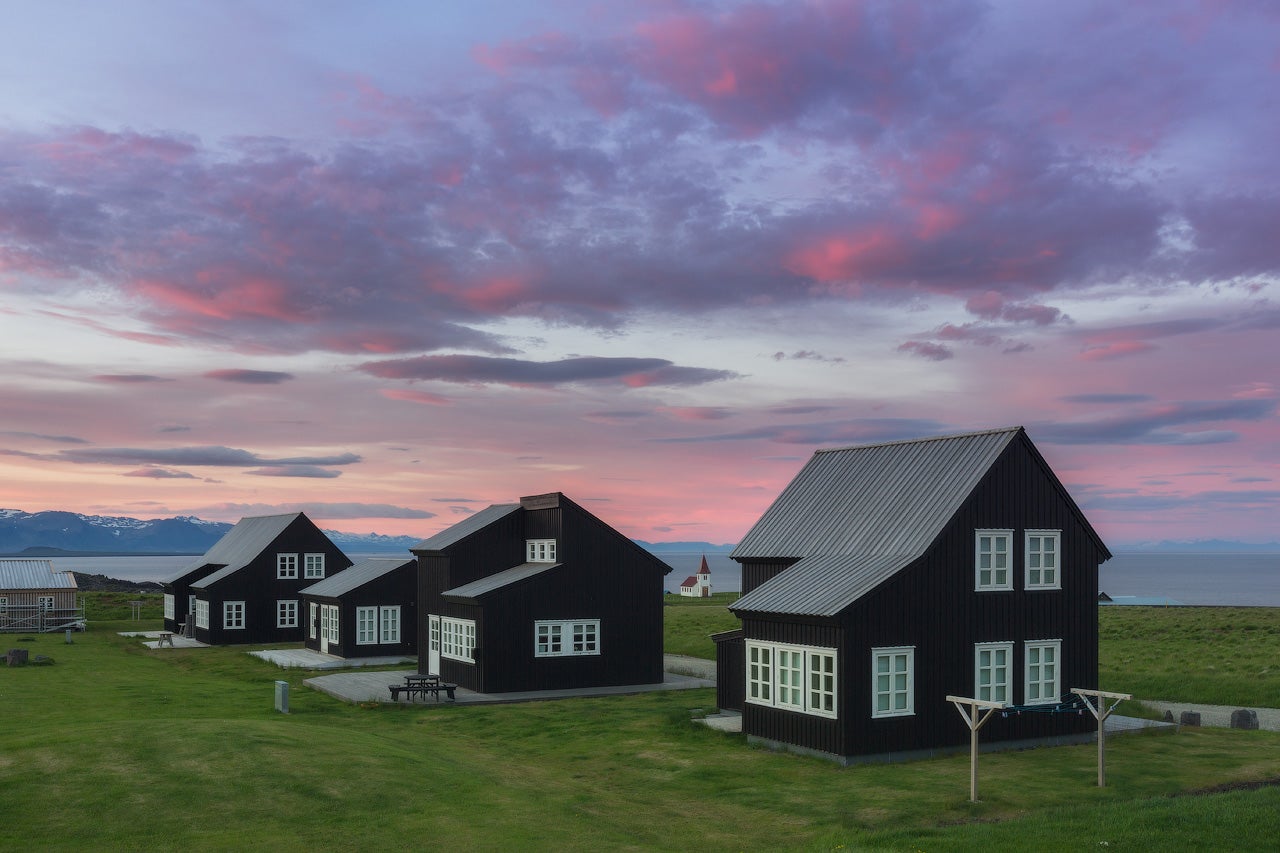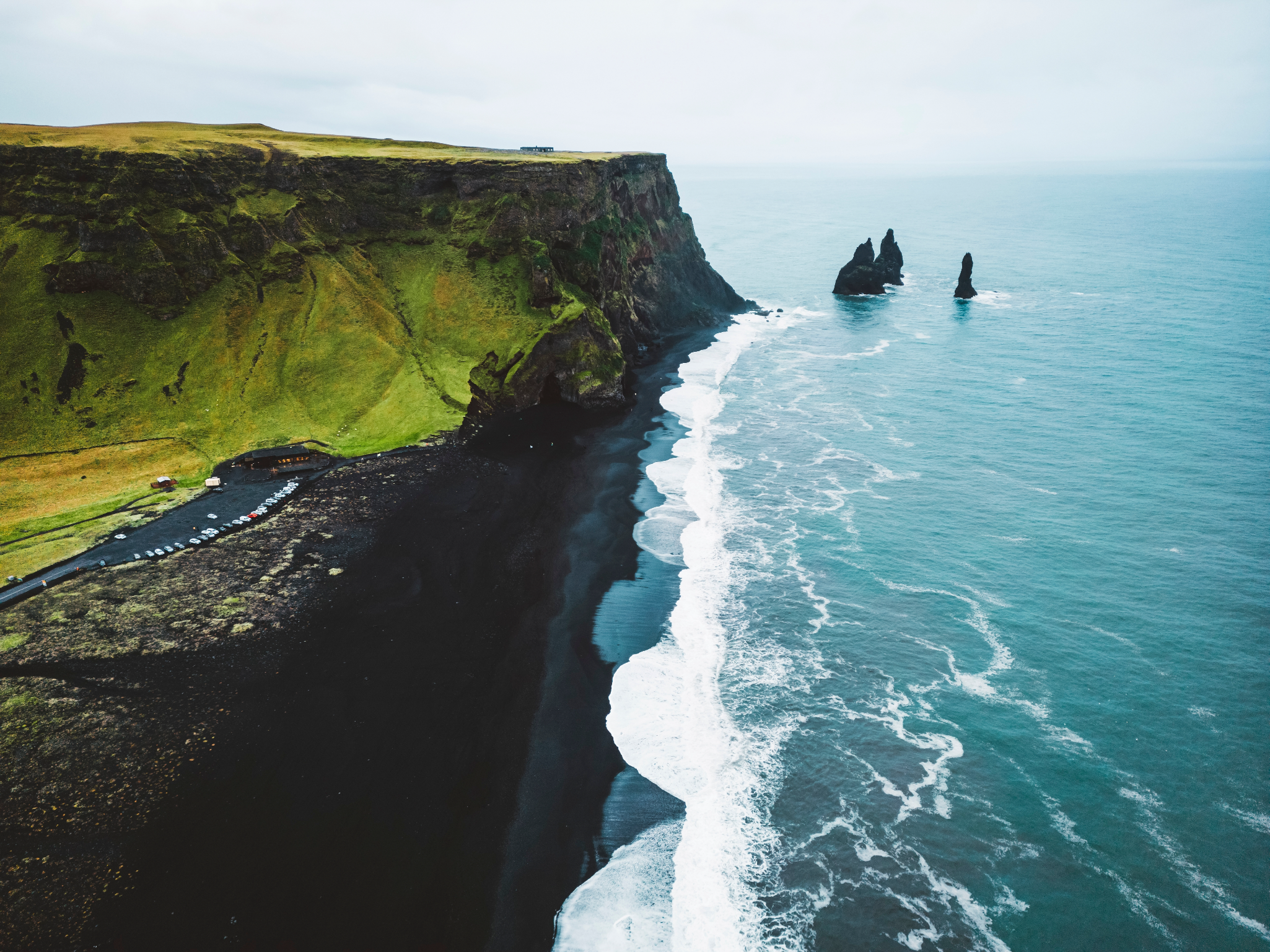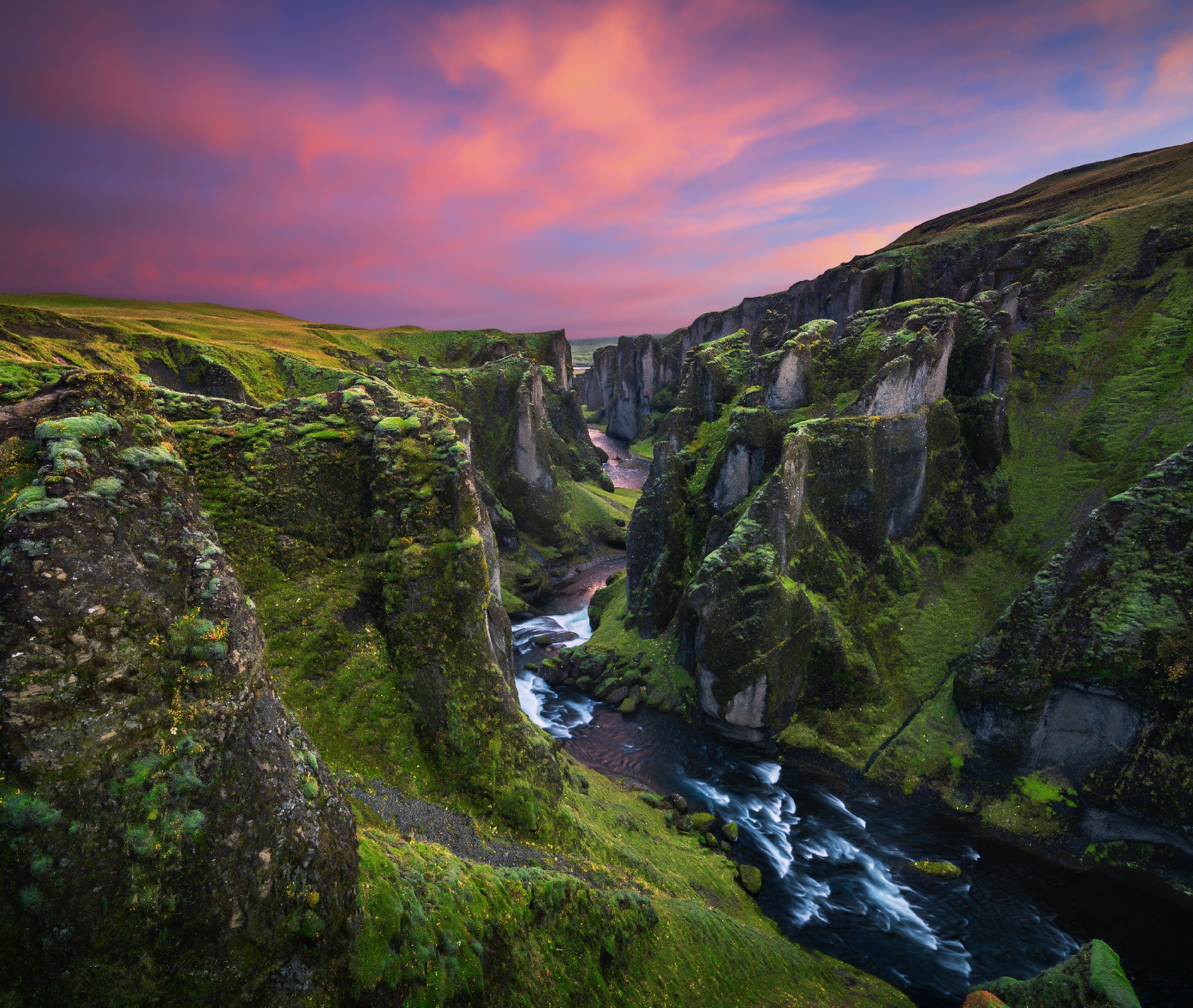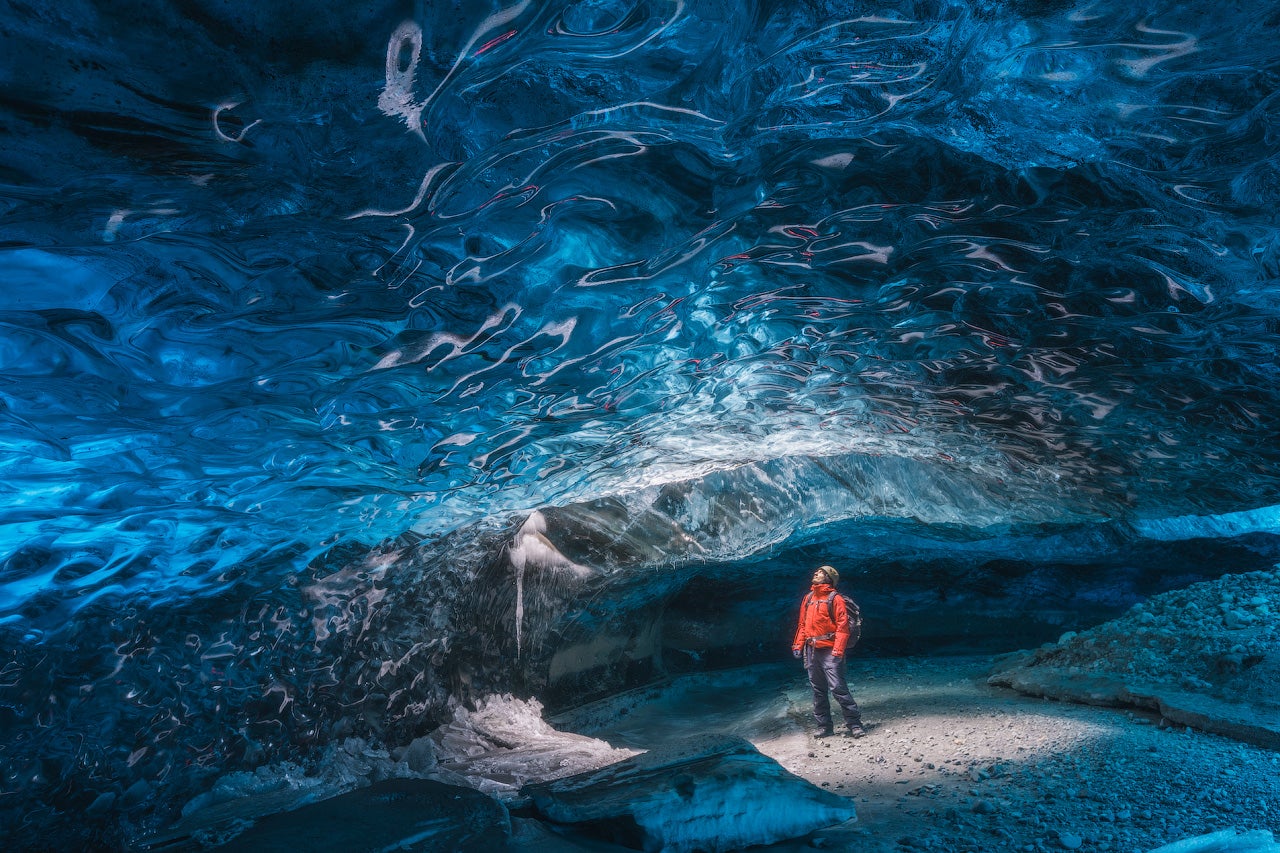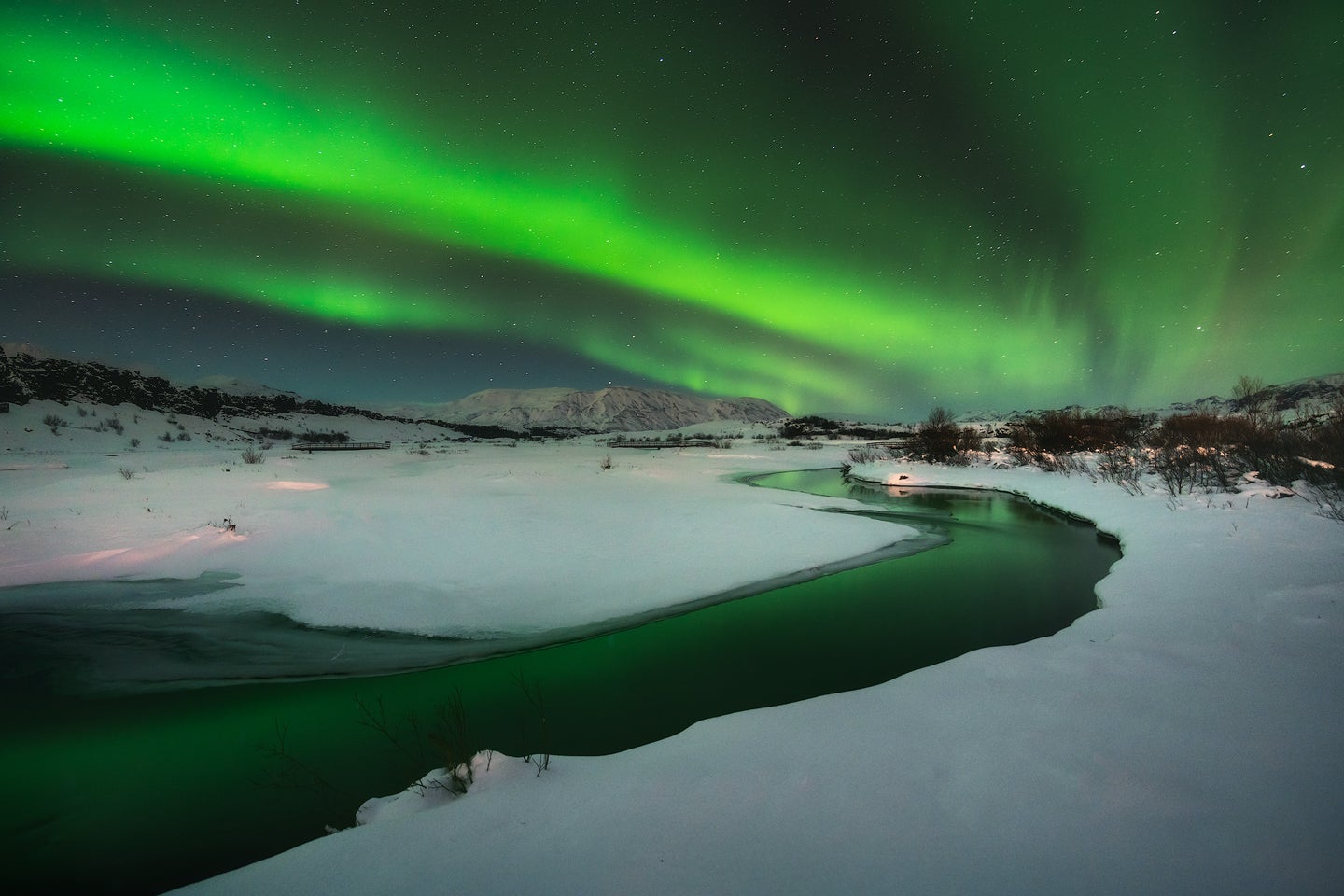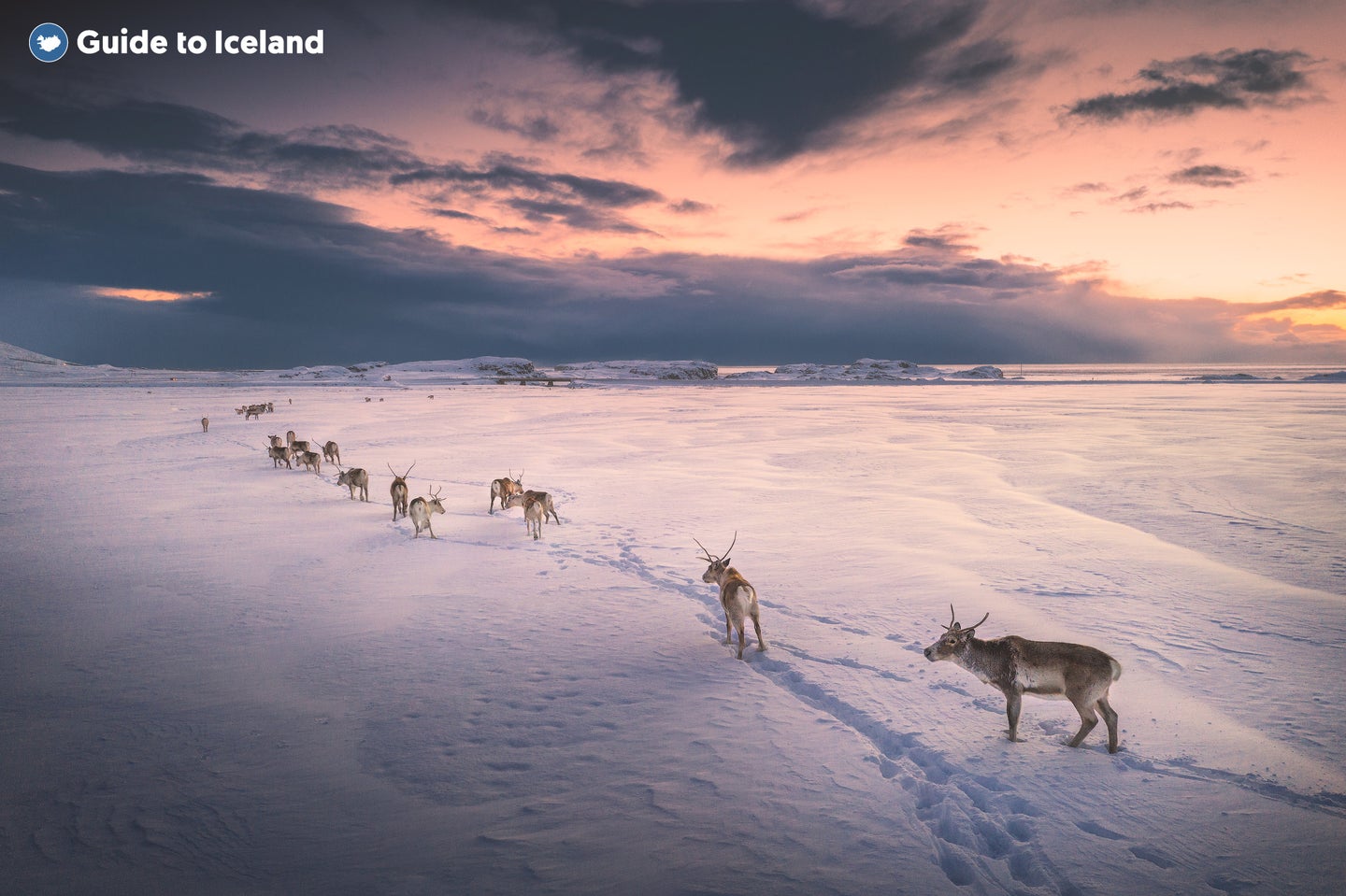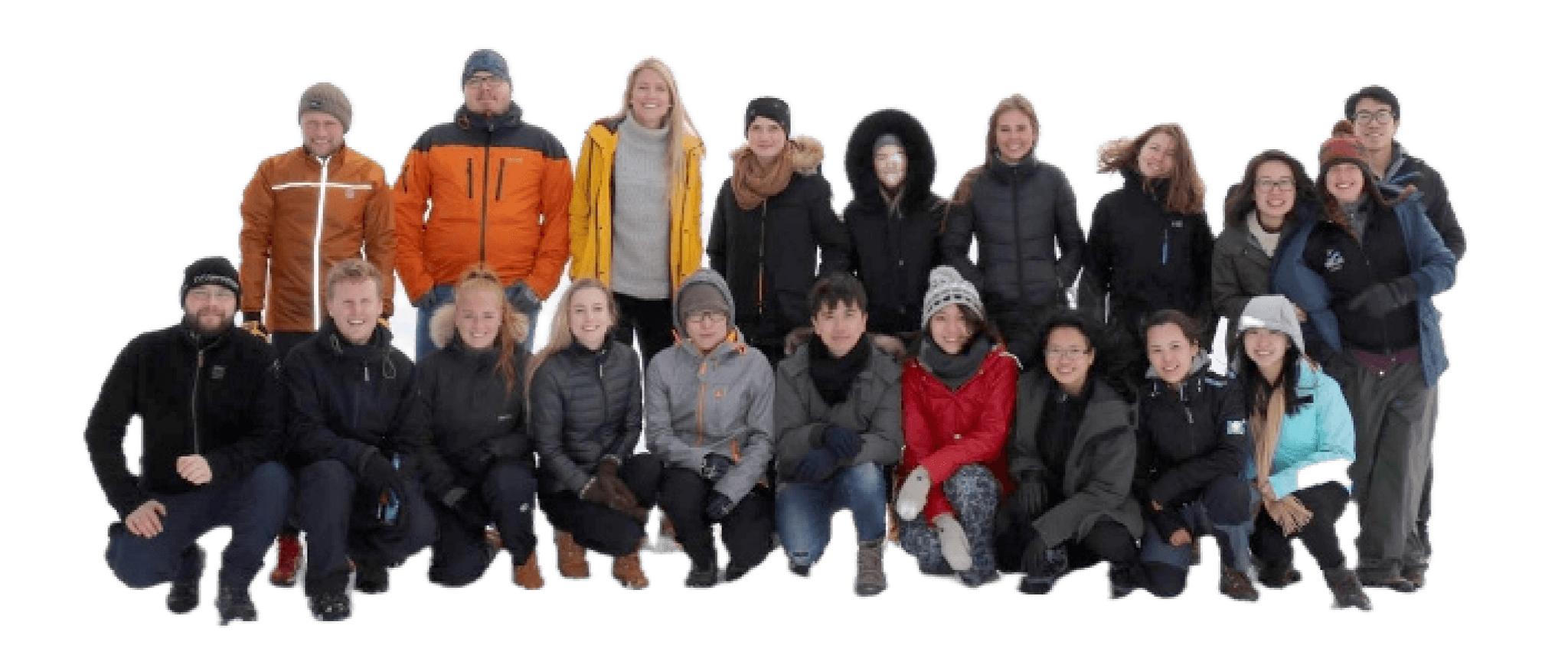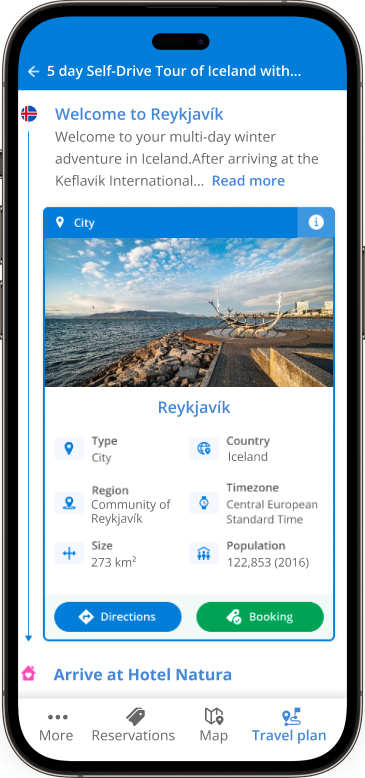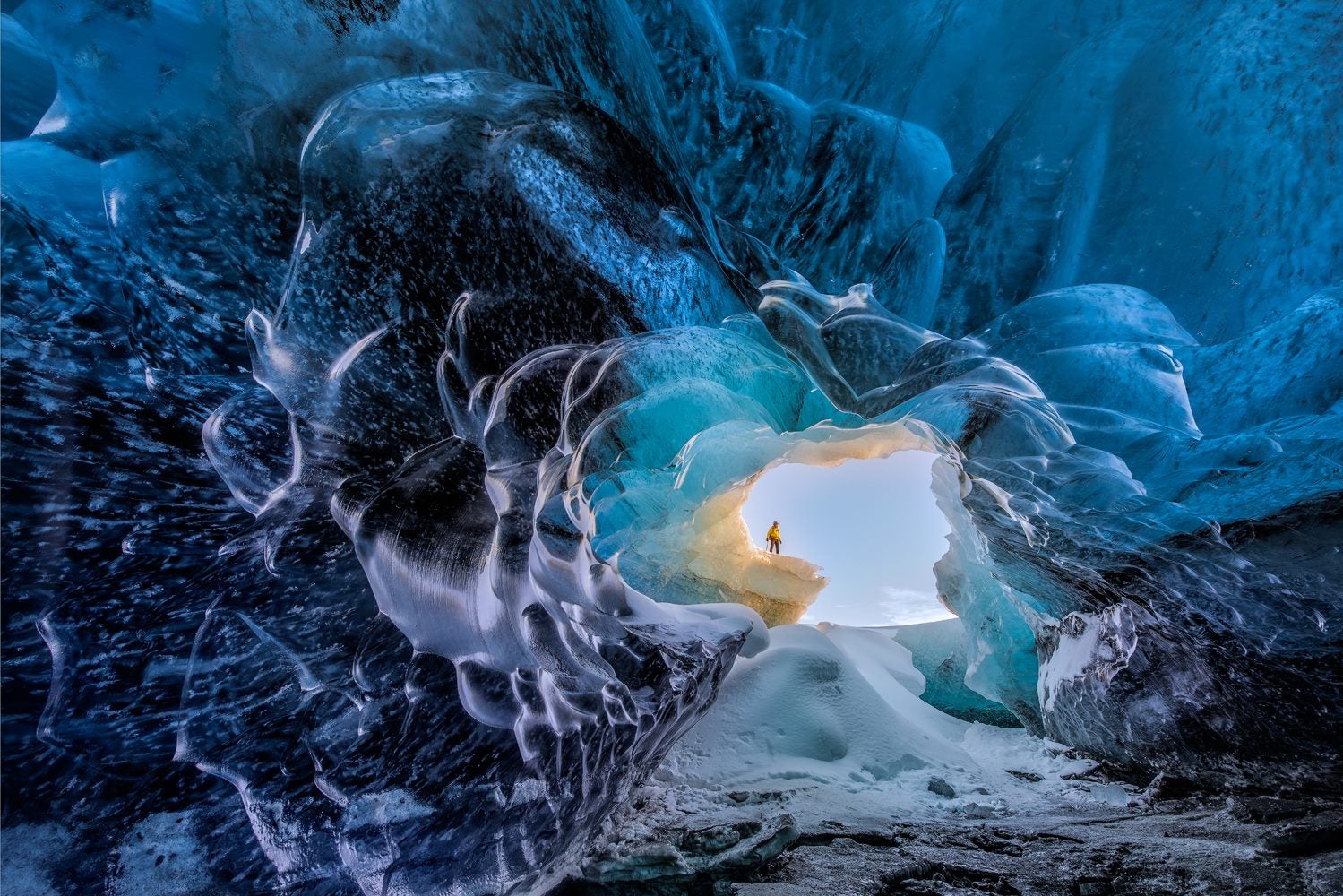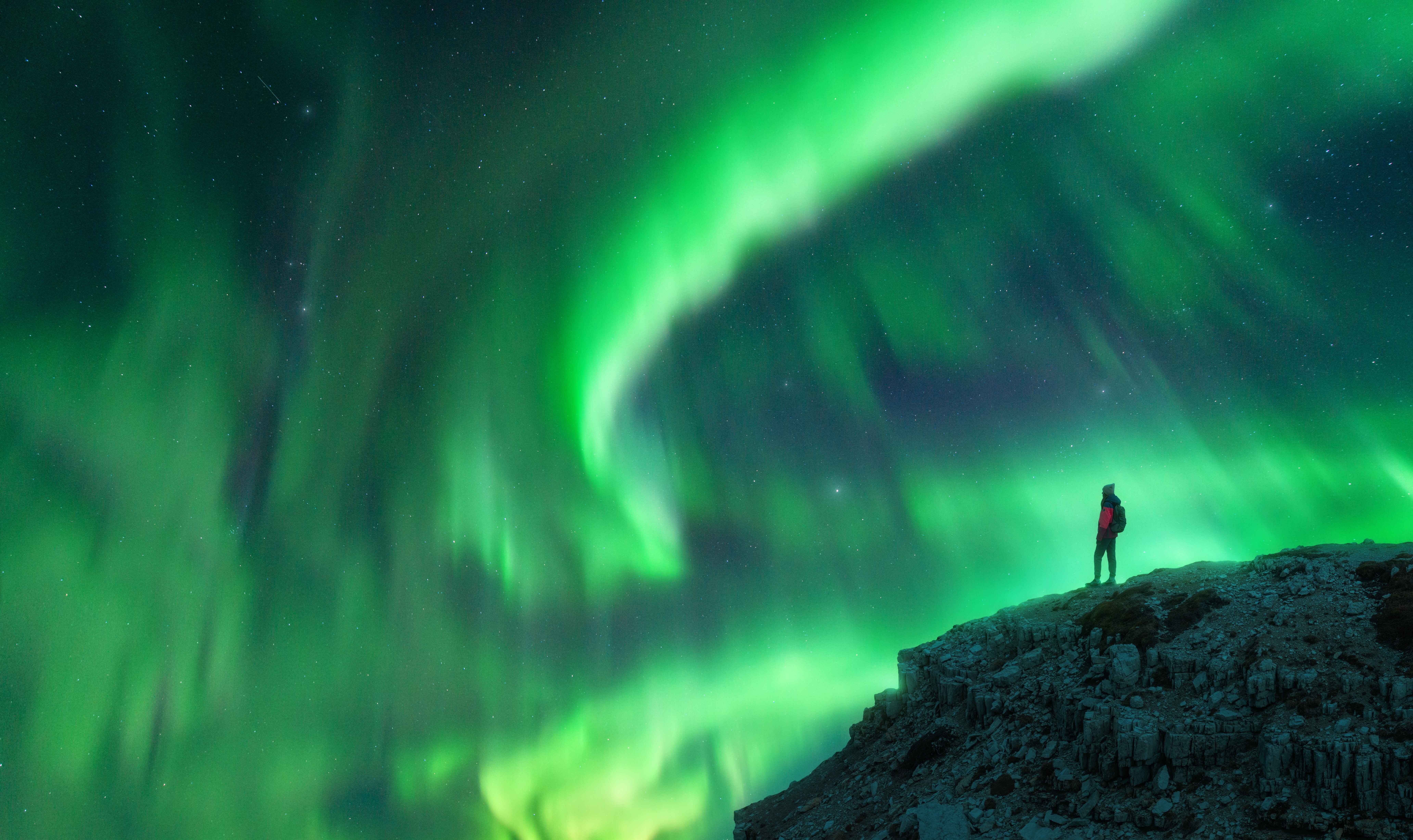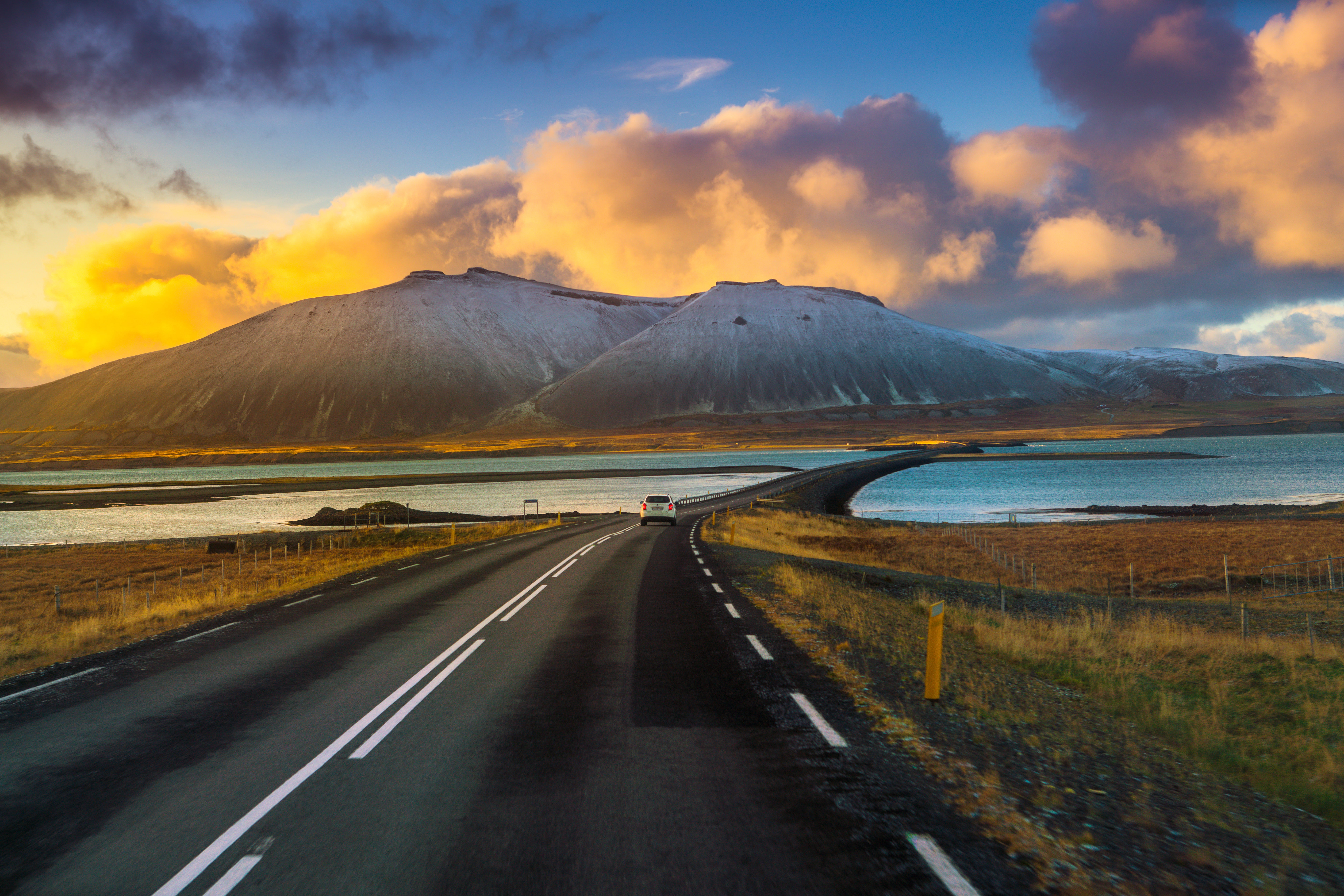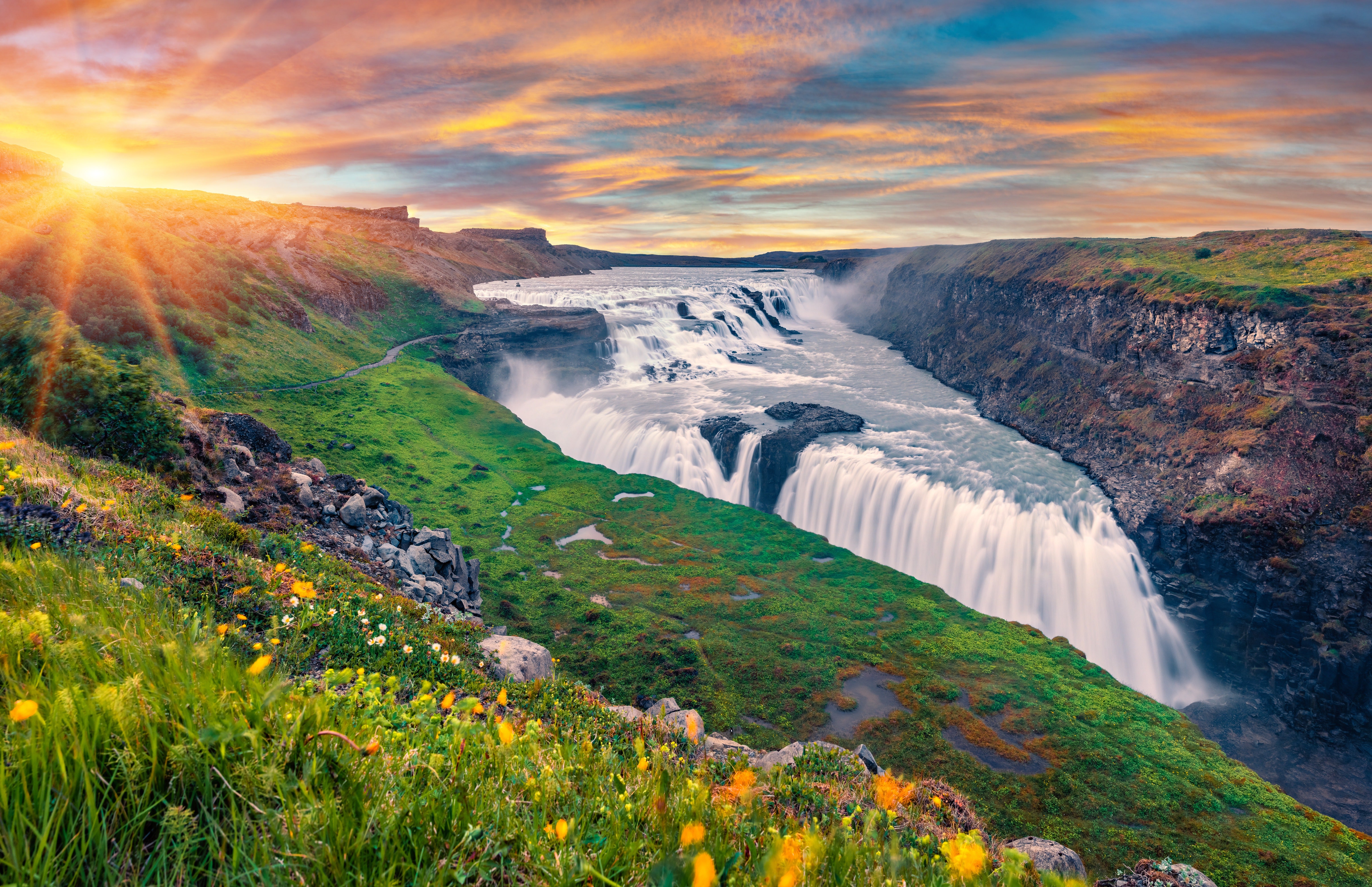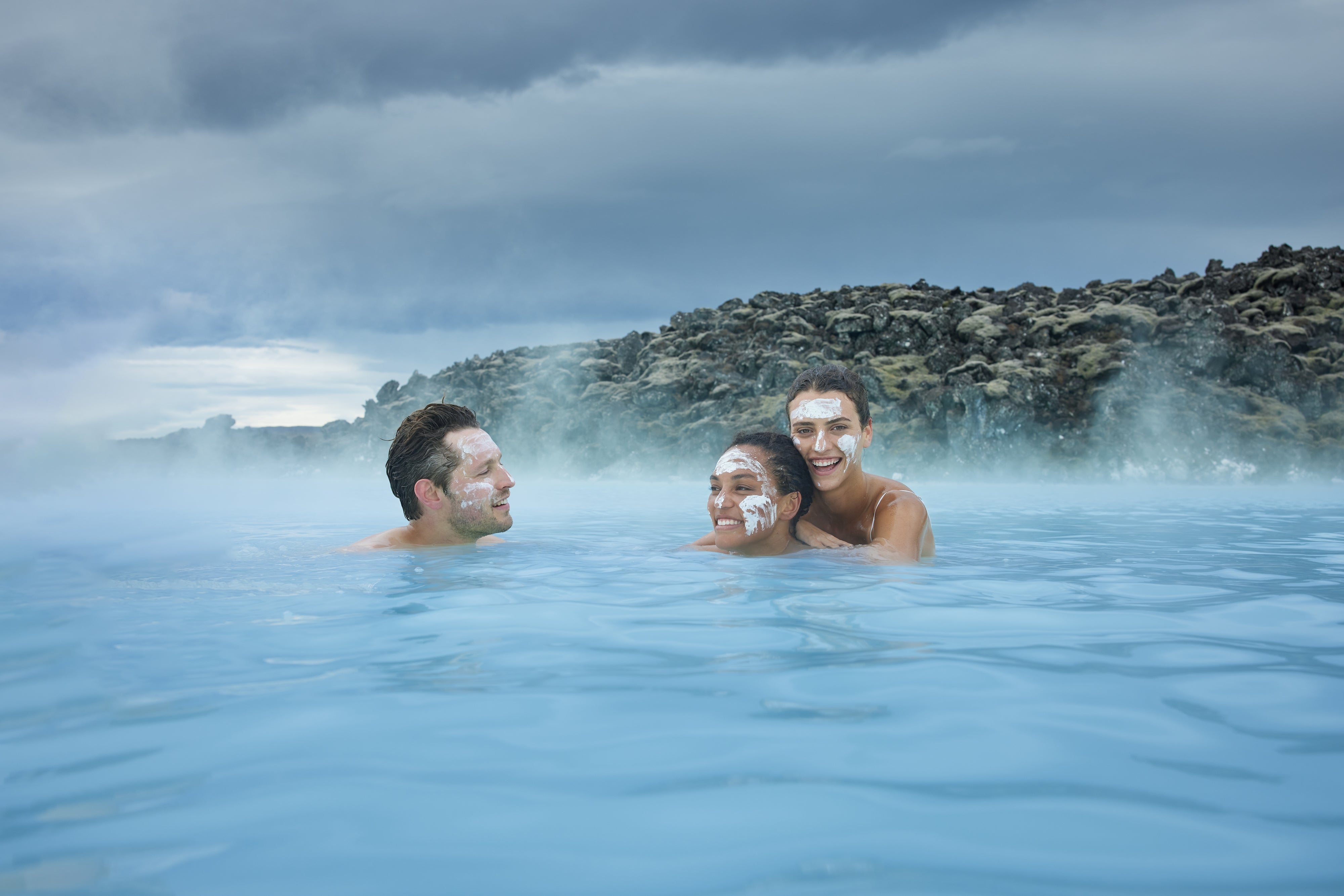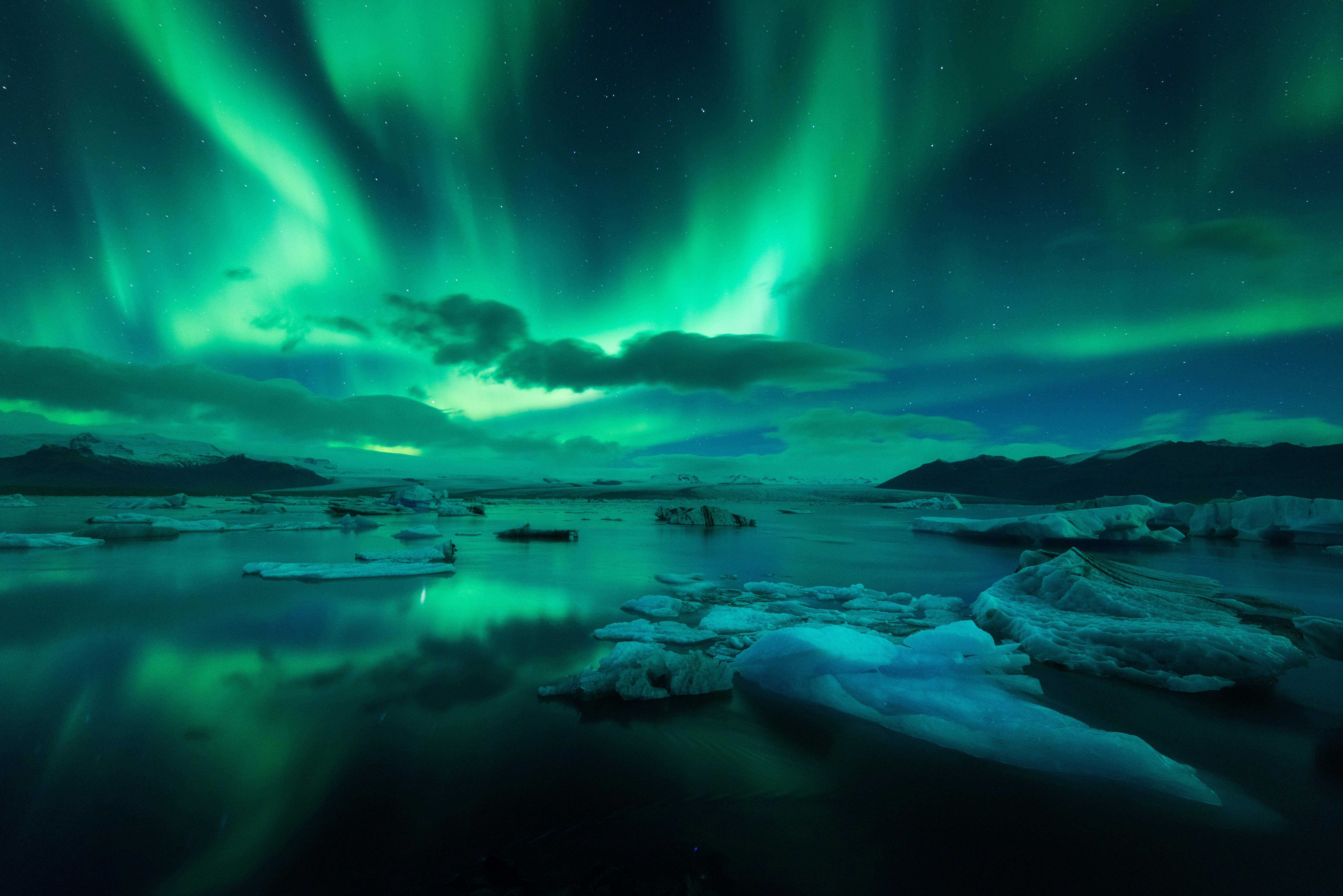Ring Road tours in Iceland offer a breathtaking journey through one of the world's most stunning landscapes. From towering glaciers and cascading waterfalls to volcanic landscapes and charming coastal towns, Ring Road tours showcase Iceland’s breathtaking natural beauty at every turn.
What is the Ring Road in Iceland?
The Ring Road, or Route 1, is an 828-mile (1,332-kilometer) highway that circles Iceland, passing through a variety of regions, including the Capital Region, South Coast, Eastfjords, North Iceland, and the West.
This route is famous for providing access to Iceland’s most iconic attractions, including the Jokulsarlon Glacier Lagoon. Traveling the Ring Road allows visitors to experience everything the country has to offer.
Best Ring Road Self-Drive Tours
Perfect for independent travelers who want the freedom to explore at their own pace. These Iceland Ring Road tours include a rental car, accommodations, and a detailed itinerary.
Best Ring Road Multi-Day Tours
Ideal for those who prefer expert guidance and a stress-free experience. Join a small group and travel with knowledgeable guides who share fascinating insights about Iceland.
Best Ring Road Vacation Packages
Combine your Ring Road trip with some nights in Reykjavik and additional activities like glacier hiking, Blue Lagoon geothermal bathing, and whale watching through vacation packages.
Best Ring Road Day Tours
Maximize your quick visit to Iceland with these top-rated and popular Ring Road day tours.
Top Attractions Featured on Ring Road Tours in Iceland
The Ring Road in Iceland offers a journey through the country’s most remarkable landscapes and attractions. From vibrant cities to untouched wilderness, here are the must-visit destinations along this iconic route:
Reykjavik: The capital city of Iceland is the perfect starting or ending point for your Ring Road adventure. Known for its colorful rooftops, thriving cultural scene, and modern landmarks like Hallgrimskirkja Church and Harpa Concert Hall, Reykjavik combines urban charm with easy access to nature.
South Coast: The South Coast is a showstopper on the Ring Road, offering dramatic landscapes and some of Iceland’s most famous sights. It’s home to the Seljalandsfoss Waterfall, Skogafoss Waterfall, Reynisfjara Black Sand Beach, and Vik village.
Jokulsarlon Glacier Lagoon: A jewel of Southeast Iceland, this serene lagoon is filled with floating icebergs that have broken off from nearby glaciers. Just a short walk away, Diamond Beach showcases these glistening ice formations against black volcanic sands.
Vatnajokull National Park: This expansive national park is home to Europe’s largest glacier, Vatnajokull, and a variety of natural wonders. Highlights include the stunning Skaftafell area and the Dettifoss Waterfall.
Akureyri: Often referred to as the “Capital of North Iceland,” Akureyri is a picturesque town nestled by stunning fjords. Its vibrant downtown, botanical gardens, and proximity to attractions like Godafoss Waterfall and whale-watching in Husavik make it an essential stop on your journey.
The Golden Circle (Top Detour): While not exactly on the Ring Road, the Golden Circle is a must-see detour for travelers. It features Thingvellir National Park, the erupting geysers of the Geysir geothermal area, and the iconic Gullfoss Waterfall.
The Blue Lagoon (Top Detour): While also not directly on the Ring Road, the Blue Lagoon is an excellent detour for travelers who want to experience the best geothermal bathing experience in Iceland.
Top 5 Popular Activities on the Ring Road
Exploring the Ring Road isn’t just about the stunning scenery but also an opportunity to experience some of Iceland’s most unforgettable activities. Here are the top experiences to include on your Ring Road journey:
-
Glacier Hiking and Ice Caving: Glacier hiking tours allow you to walk on ancient ice and enjoy breathtaking views of the surrounding landscapes. Ice caving tours take you inside natural ice formations, where brilliant shades of blue ice create a surreal experience.
-
Whale Watching: These excursions take you out into bays and fjords, where you can spot humpback whales, minke whales, and even orcas. Many tours operate year-round, with summer offering calmer waters and winter providing a chance to spot the northern lights.
-
Northern Lights Hunting: Winter travelers on the Ring Road have the opportunity to chase the aurora borealis. Guided tours or self-drive itineraries often include stops at remote locations where you can witness this magical phenomenon.
-
Hot Spring Bathing: Relaxing in geothermal hot springs is a quintessential Icelandic experience. While driving the Ring Road, stop at sites like the Earth Lagoon Myvatn in North Iceland, or take a detour to the Blue Lagoon near Reykjavik.
-
Horseback Riding: Ride the iconic Icelandic horse on trails that wind through stunning landscapes. Whether along black sand beaches, lush valleys, or near waterfalls, horseback riding tours offer a unique way to experience the countryside.
Best Time to Explore the Ring Road
You can have road trips in Iceland via the Ring Road year-round, but each season offers unique experiences:
-
Summer (May to September): Summer Ring Road tours are ideal for extended daylight, warmer weather, and lush green landscapes. It’s perfect for road trips and outdoor activities like hiking, sightseeing, and whale watching.
-
Winter (October to April): Winter is when you can witness the magical northern lights, snow-covered landscapes, and enjoy locations with fewer roads. However, be prepared for shorter daylight hours and changing weather conditions.
How to Plan a Ring Road Tour in Iceland
Planning a Ring Road tour is an exciting way to experience Iceland’s incredible landscapes and iconic attractions. Follow these key steps to make your journey unforgettable:
Choose the Right Type of Tour: Decide whether a self-drive tour, guided multi-day tour, or vacation package suits your travel style. Self-drive tours offer flexibility, guided tours provide expert knowledge, and vacation packages combine convenience with added activities.
Set Your Budget: Costs vary depending on the type of tour and season. Budget self-drive tours start around 700 USD, while multi-day guided tours range from 1,500 to 3,000 USD. Luxury packages with premium accommodations and activities can exceed 4,000 USD. Remember to account for extras like meals, fuel, and optional excursions.
Plan the Duration of Your Trip: To fully experience the Ring Road, allocate at least 7 to 10 days. A 5 to 7-day trip is possible but may feel rushed. For a more comprehensive journey, 7 to 10 days or more allows time to explore hidden gems and take detours like the Golden Circle or Snaefellsnes Peninsula.
Book Early: Tours and accommodations fill quickly, especially during summer and winter. Early booking secures your preferred dates and options, ensuring a smooth trip.
Customize Your Experience: Tailor your journey to match your interests, whether it’s photography, hiking, or seeing the northern lights. Many operators offer customizable itineraries to make your Ring Road adventure truly personal.
How to Check Road Conditions on the Ring Road of Iceland
Staying informed about road conditions is essential during Iceland Ring Road tours. This is particularly true for self-drive tour travelers and adventurers in winter when the weather can change rapidly. Use the following resources to stay up to date:
-
Road.is: This official website provides real-time updates on road conditions, closures, and weather-related warnings across Iceland. It’s an indispensable tool for planning your daily drives.
-
Vedur.is (Icelandic Meteorological Office): Offers detailed weather forecasts, including wind speeds, precipitation, and visibility, which are crucial for safe driving.
-
Safe Travel Iceland: Provides safety tips, alerts, and recommendations for travelers navigating Iceland’s roads.
You can also consult with your accommodation hosts or tour operators for local insights into road conditions in specific areas.
